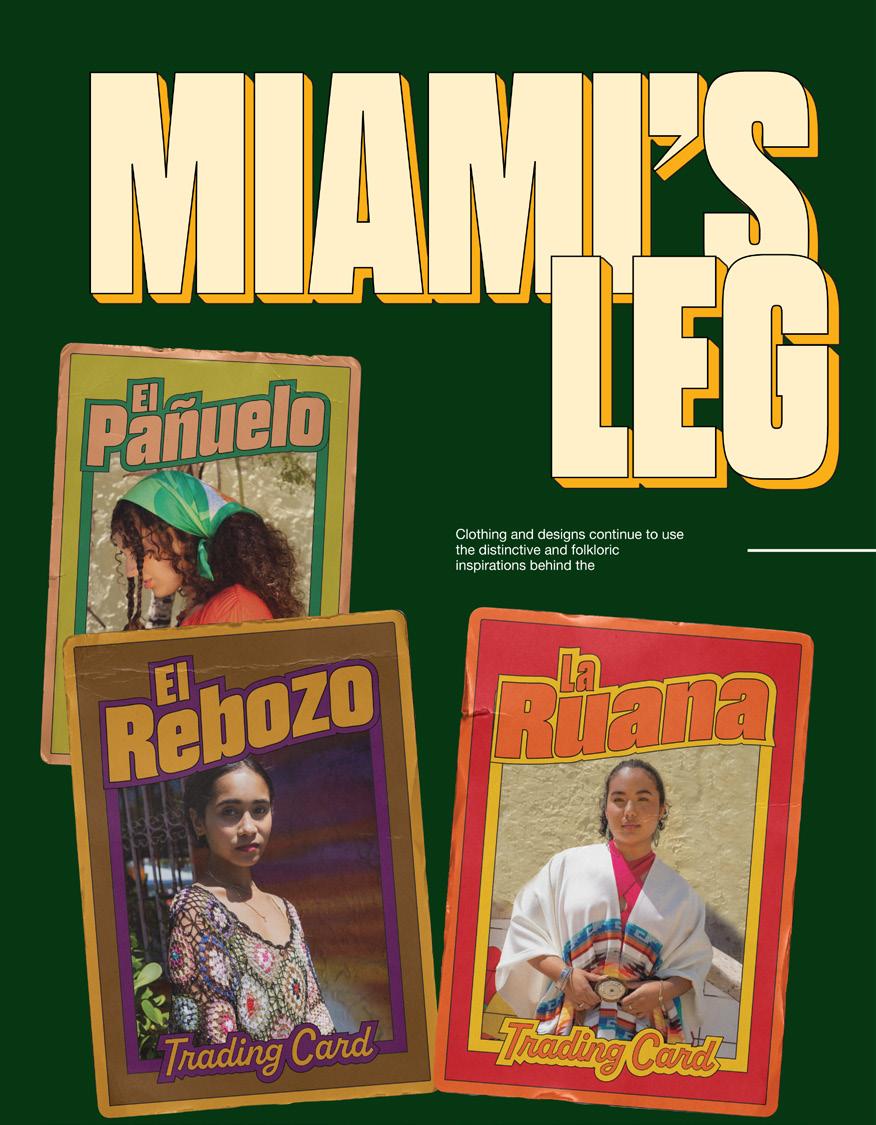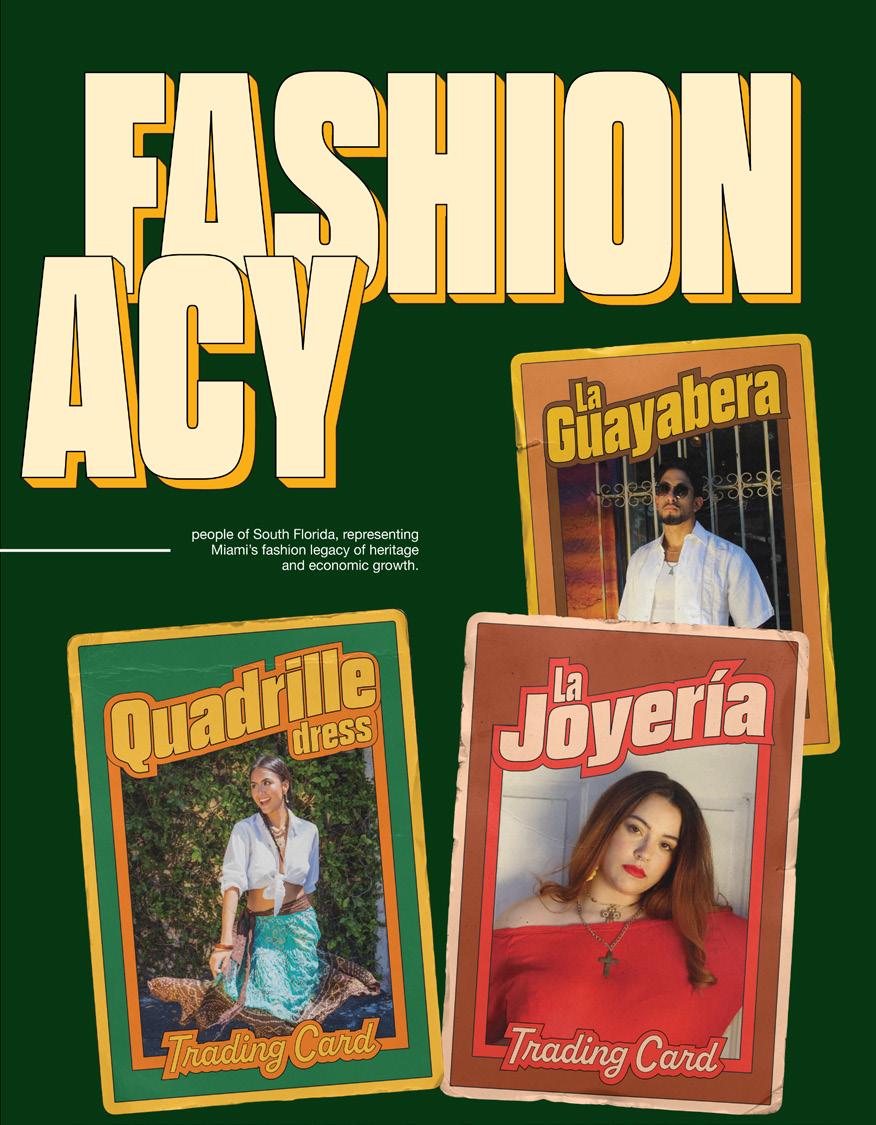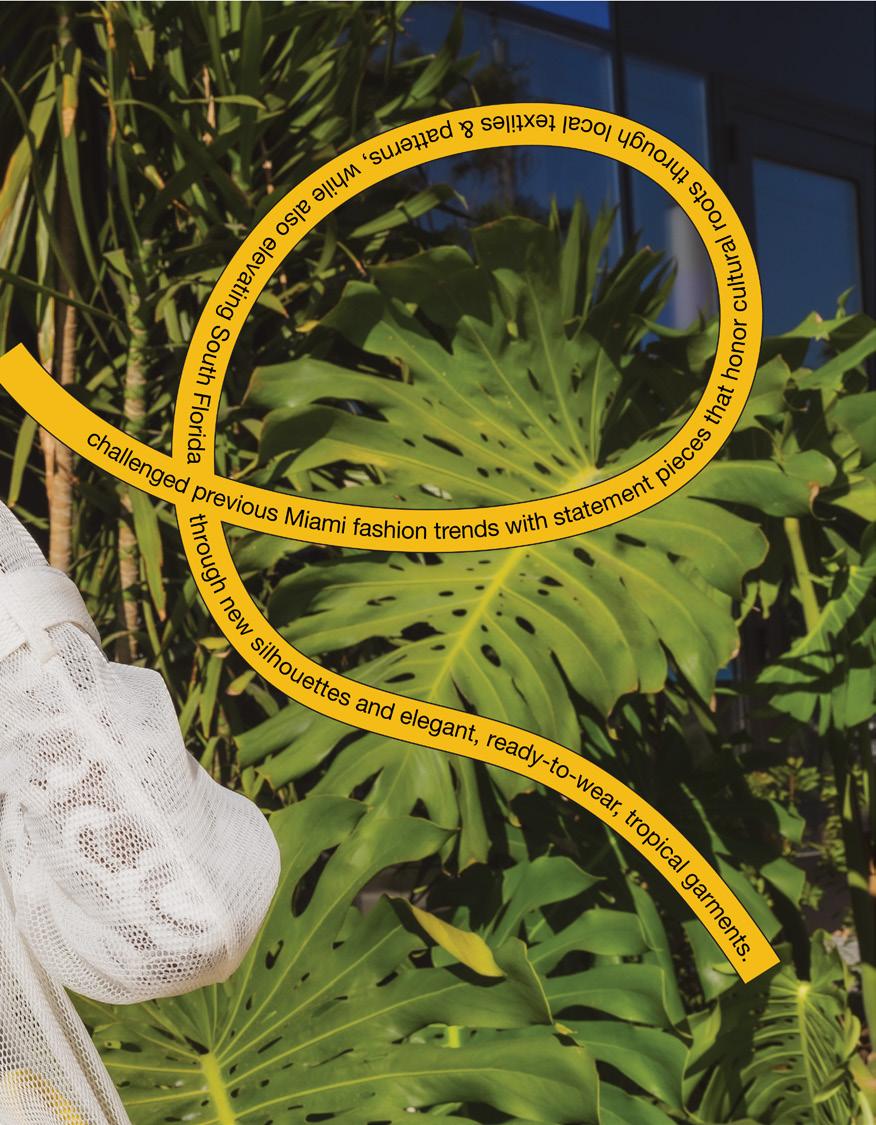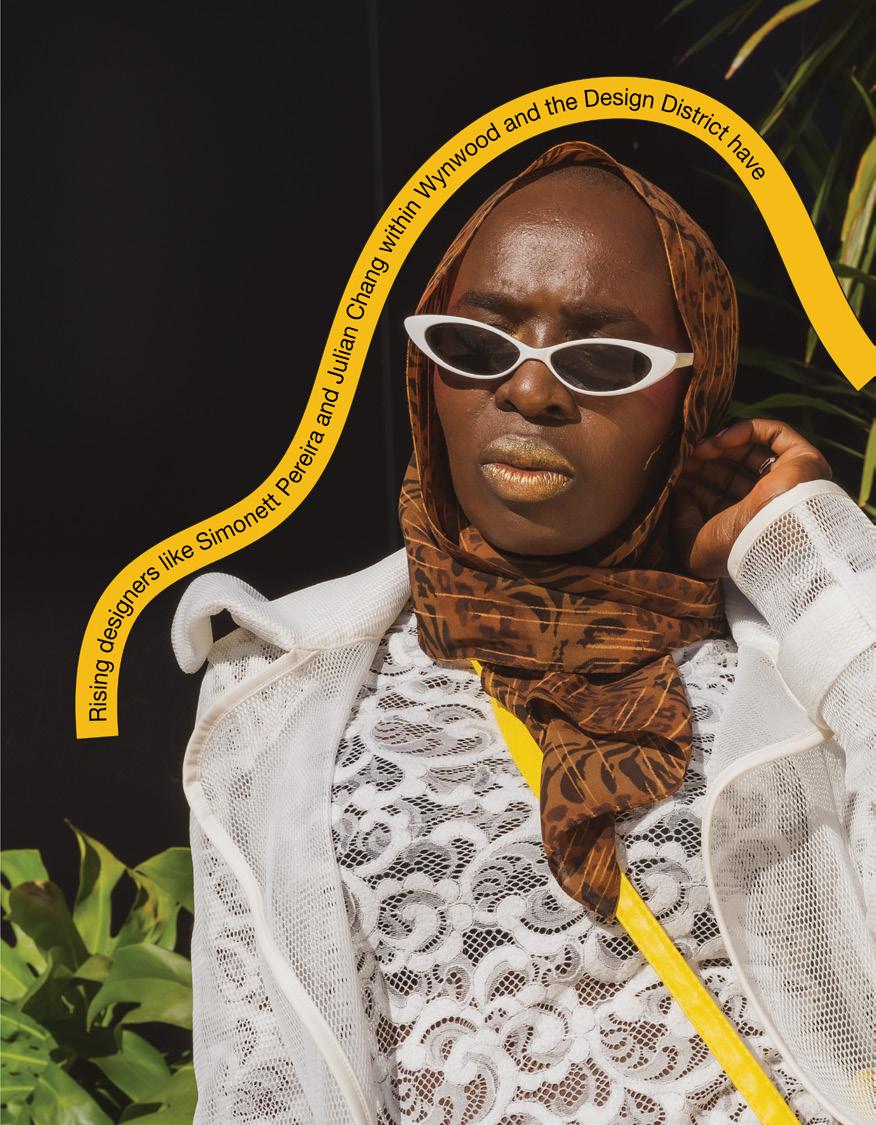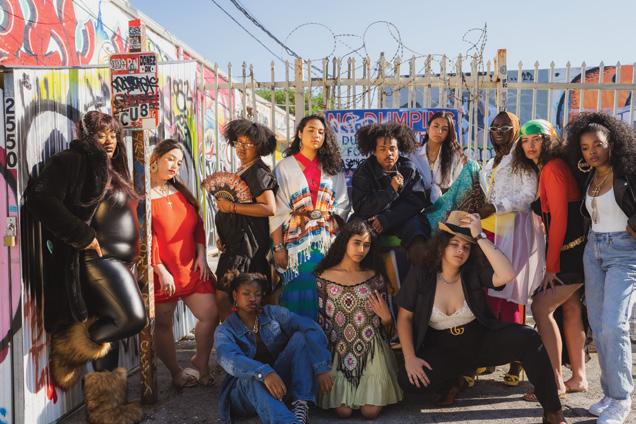

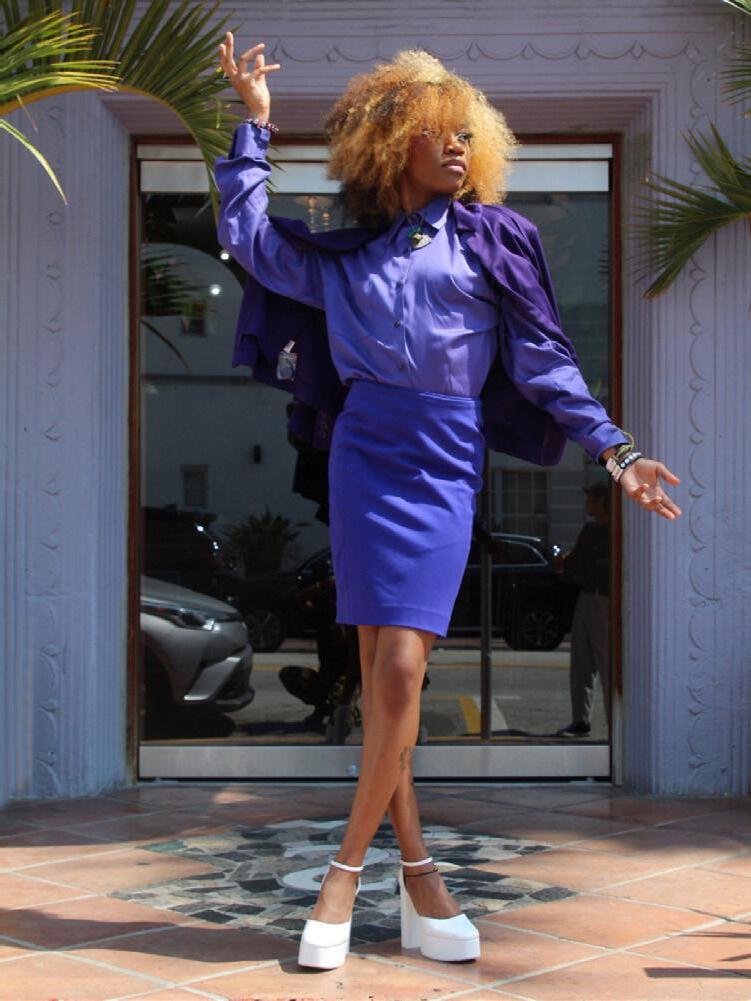

STRIKE MAGAZINE MIAMI presents STRIKE MAGAZINE MIAMI presents













This issue in particular is a beautiful collection of work and drive, all harbored eternally in a glimpse of what Miami is, has been and continues to represent for everyone.
This is a transitionary period, and I’m incredibly grateful for this time around in particular. It’s the last time I’ll be on this side of the project, writing this letter.
But if it’s anything I’ve learned about my time here, it’s all about who you get to work alongside to develop an idea that can turn out to be the coolest thing you’re most excited to speak about. To tell stories about the process, the restless nights, the creative block, the impromptu moments: I really can’t say this would have been possible without the team.
To the team, you have crafted, conceptualized, shot, styled, modeled, organized, scheduled, contacted and pushed through the entirety of the semester, and I am so incredibly proud of everyone of you.
You are the reason I’m here.
Regardless of department or proximity to me in our work, you are all incredible and your work speaks for itself. You all make a monster of a project feel and look so unbelievably doable. So to all of you, thank you.
Strike Miami has represented a lot of growth, both literally and spiritually— it’s allowed for the space I always wanted to be a part of, flourish.
And I couldn’t transition into another chapter on a better note.
So with this, I say goodbye. It’s been an absolute honor to share the time I have with this team, for the mission of connection, experience and ultimately creativity.
It’s been real.
Thank you to everyone who has continuously supported us and seen us grow, on and offline. I met so many power houses through this organization and by spaces created through this organization.
This one's for you as well.
You’re a part of our legacy.
With all the love,
Vianey, Editor in Chief of Strike MiamiDIRECTORS
Editor in Chief VIANEY LADRÓN DE GUEVARA
Assistant EIC ISABELLA MENENDEZ
Creative Director ALBA LUCIA LEPE (ALBXLU)
Assistant CD MARLA CHELSEA MCLEOD
External Affairs Director DIMITRI MITCHELL
EDITORIAL TEAM
Blog Director FELIPE TARCINALE WRITERS
CHANDLER JULES, ANDREA RIVERA, KAITLYN EDEN, AILISH FONTANEZ, ELIAS OCHOA and KYLIE HENRY
Assistant EAD KYLIE HENRYL GRAPHICS TEAM
CREATIVE TEAM
Stylist Director ALESSANDRA YARLEQUE
STYLISTS
AVA WEHRLIN, LIA BATRES, JASMINE PIERRE
AUSTIN DIXSON, MARLA CHELSEA MCLEOD, RYLEE STALLINGS, SYDNEY DIANA and CESAR TIJERINO
Graphic Design Director EVE ESPINOSA GRAPHIC DESIGNERS
SYDNEY DIANA, LIDIA DELGADO,DIEGO FRANCO, ROSA MENDOZA, DANIELA VALERIO, GENESIS MILLINGTON and ISABELLA FIGUEROA
SOCIAL MEDIA TEAM
Photography Director ISABEL BARROS PHOTOGRAPHERS/VIDEOGRAPHERS

LILIMARIE QUINTANAL, SOPHIA BOLIVAR, KIANA SEIN, CESAR SANCHEZ (VIDEOGRAPHER), SARA BAUM, MARLA CHELSEA MCLEOD, SOFIA AVILES and LOGAN CHI (ON - SET)
Social Media Director ALESSANDRA YARLEQUE and DIMITRI MITCHELL
SOCIAL MEDIA & EXTERNAL SEBASTIAN ROCHA,IMANI DOSS, JOSE CABALLERO,ALESSANDRA YARLEQUE, CAMILA BATRES (MARKETING),CHANEL BALOGUN (MARKETING), DIEGO FRANCO and LIDIA DELGADO








No two issues are the same. Every semester the team is different, some people leave, some new people come, and some stay.
Each member of Strike Miami leaves a small legacy within the magazine, and when you add it all up, issue number 4 is the result.
This magazine is a combination of everyone’s aspirations, creativity, and hard work over these two years, and when you compare it to the first issue, you can see and feel all the minds and hearts that went into it. You can feel it the same way you feel the air when a group of artists gets together, and you can feel the ideas forming and floating around them as if they’re waiting to be caught.
The context, the feelings, and the lives of everyone involved. That is what gives art some meaning. Whatever they have seen, read, learned, or heard that leads them to this concept that they can perfectly visualize in their minds. And then all the sleepless nights, late Zoom calls, and early morning shoots that turn that idea into reality. That’s what gives art meaning, because it’s not just a cool photo, it’s the human experience behind it. And the meaning and the depth that you can feel in your bones when you look at any kind of art, that makes it feel alive and makes you feel alive, can’t be replaced by anything made by an AI. Maybe an AI can make a funny picture of a monkey with a hat, but it will never replace the humanity found in real art made by real people. Art that took time, patience, and dedication. Art with real meaning. Real art.
So this issue goes out to every artist who leaves behind a legacy of real emotions. Because art and human experience cannot be separated, let alone replaced. Keep creating.
Creative Director of Strike Miami <3It is the vibrancy of the city and organization that remind of how fortunate I am to have called Miami my home for the last 4 years.
But it’s not just the physical beauty of Miami that I am thankful for. It’s the people - the warmth, the diversity, and the resilience that makes this city truly special. Whether it’s the friendly faces in my neighborhood, the community activists working tirelessly to improve our neighborhoods, or the artists and entrepreneurs pushing boundaries and inspiring creativity, I am constantly inspired by the passion and dedication of those around me. So, thank you, Miami, for all that you have given me.
I also want to take a moment to thank my external team for their hardworking and always bringing their best selves forward. Special shout-out to Camila Batres for being my backbone this semester and to Alessandra Yarleque for diligently leading the social media team.
Always,
Dimitri, External Affairs Director of Strike MiamiA JOURNEY THROUGH INK 18
ENERGY ON SKIN 30
A JOURNEY THROUGH INK 18
A JOURNEY THROUGH INK
ENERGY ON SKIN 30


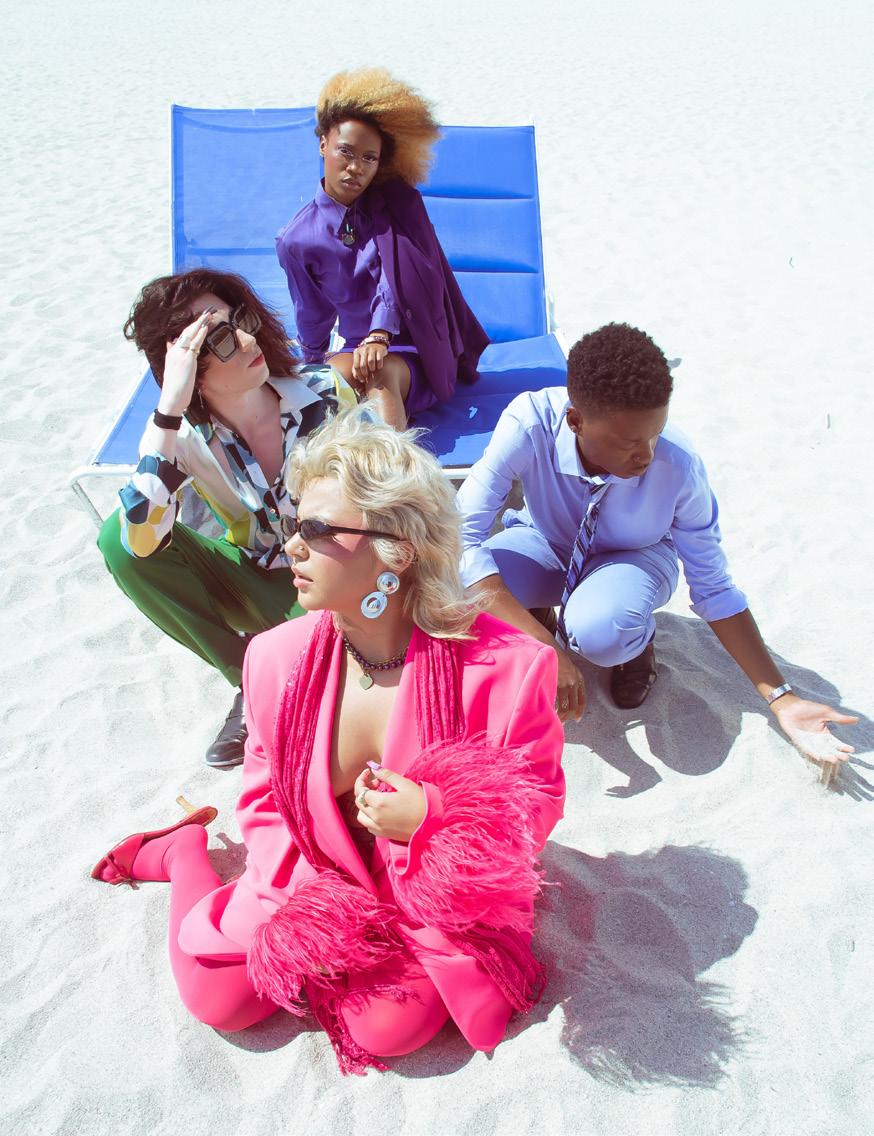

ENERGY ON SKIN
VAED IS HERE TO STAY 46
LEGACY IS FOR ME 58
VAED IS HERE TO STAY 46
VAED IS HERE TO STAY
LEGACY IS FOR ME 58
LEGACY IS FOR ME
ELA TAUBERT 62
ELA TAUBERT 62
ELA TAUBERT
LEGACY OF LOVE 72
EL CLOSET EN EL TRIGAL 80
LEGACY OF LOVE 72
LEGACY OF LOVE
FOR THE NEXT ONE, (222) 82
EL CLOSET EN EL TRIGAL 80
HOME TO HOME 84
EL CLOSET EN EL TRIGAL
FOR THE NEXT ONE, (222) 82
CONVERSATIONS BACK COVER
HOME TO HOME 84
FOR THE NEXT ONE, (222) HOME TO HOME

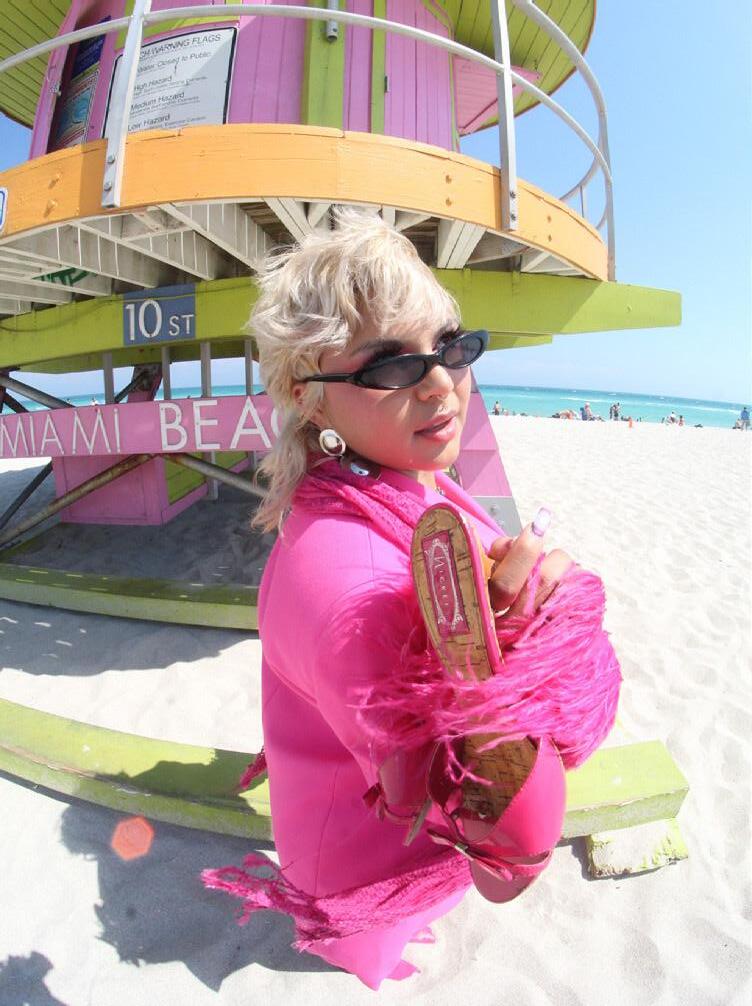
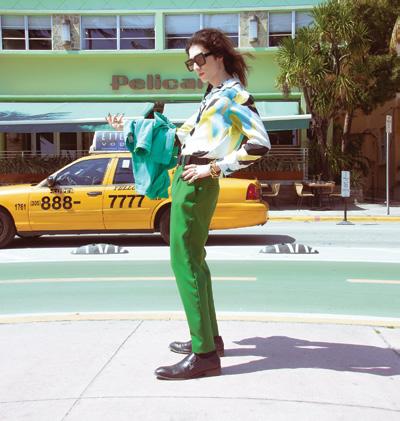
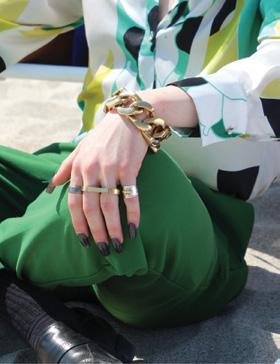

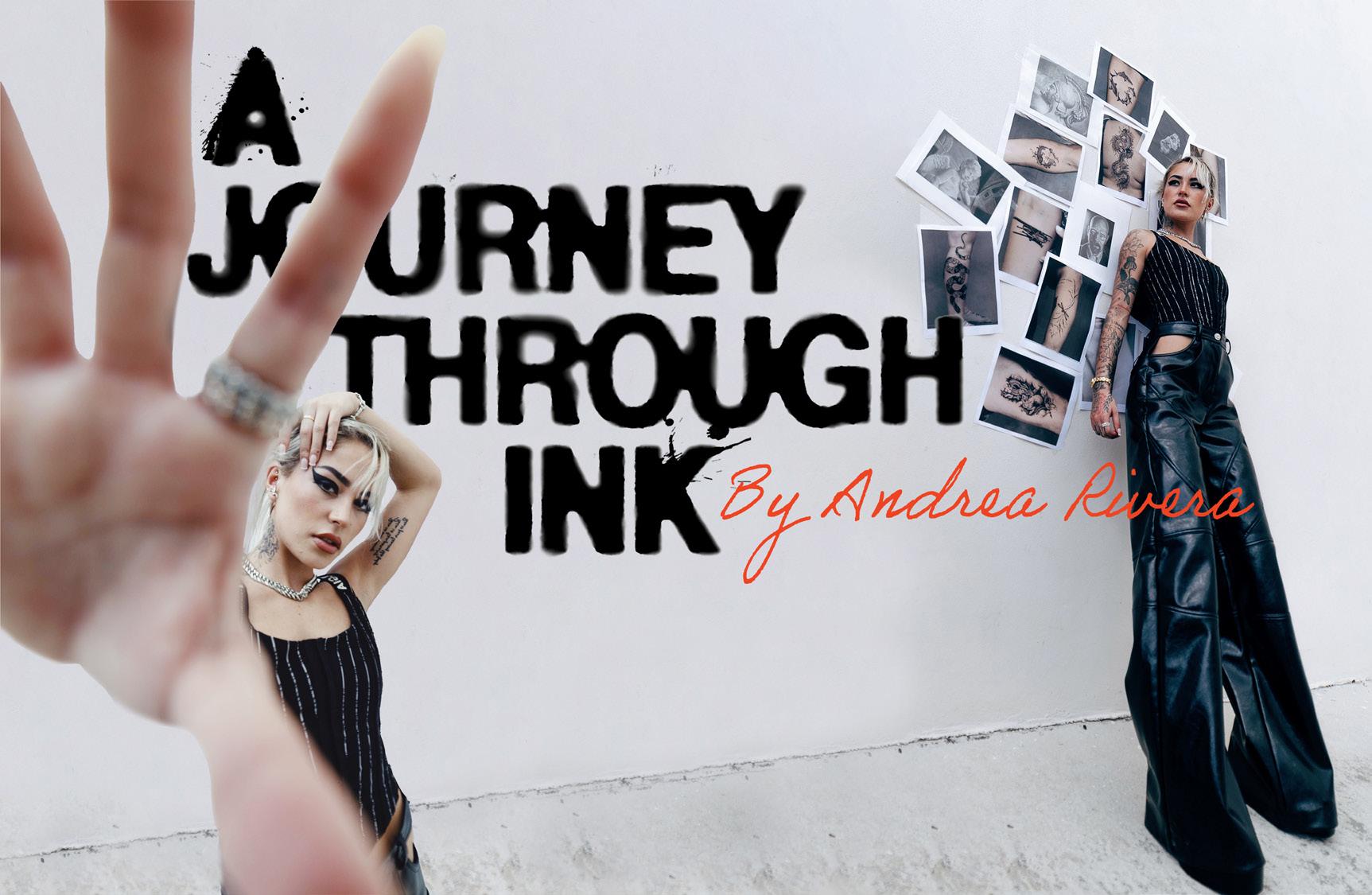

A tattoo doesn’t have to be meaningful for everyone, for most it doesn’t, but the feelings and stories it comes with are what gives it meaning. What makes the experience with Karen Valencia unique is the love and passion she puts into every piece of art she details on people’s bodies. Not only is her art being noticed, but also who the art belongs to now. They represent the storytelling of an amazing journey, essentially carrying her legacy on their skin. Being born into a Colombian family put some pressure on Karen. Not only the pressure to be a model daughter but to also be the first one to obtain a college degree. She was taught this was the way, that it was meant to be her future and life purpose. However, after a couple of months attending college majoring in Biology, she realized it wasn’t meant for her. She was living someone else’s dreams; her mom’s.
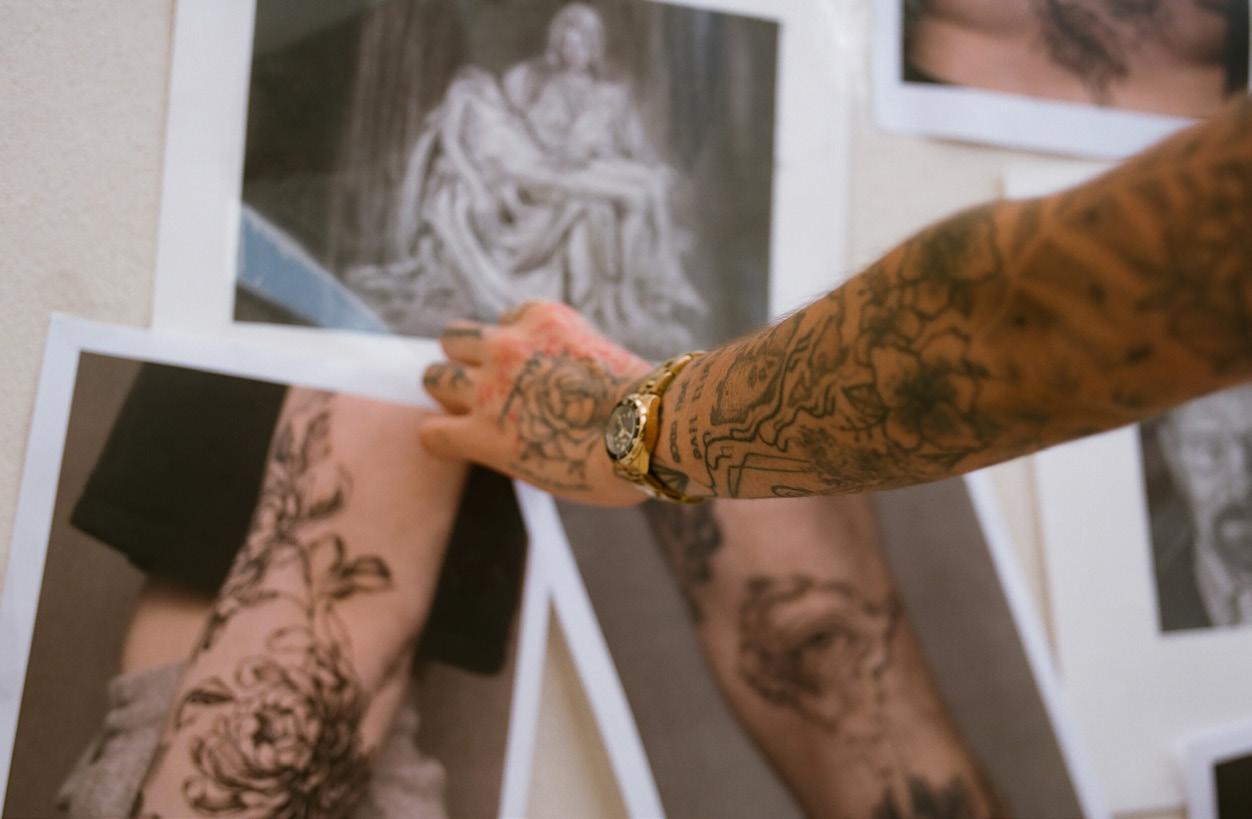
“I come from a very Hispanic and cultural household, so the thought of dropping out shouldn’t even be considered”, explained Karen. There was no backing out of telling her parents. She craved support from her family and a clear conscience, which is why she decided to tell her dad first. “My dad was actually very supportive of me and my dreams, however, my mom didn’t find out I dropped out for 2 months”, said Karen.
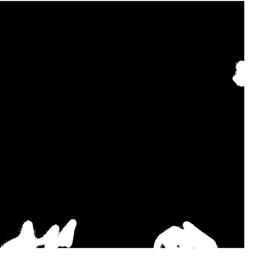

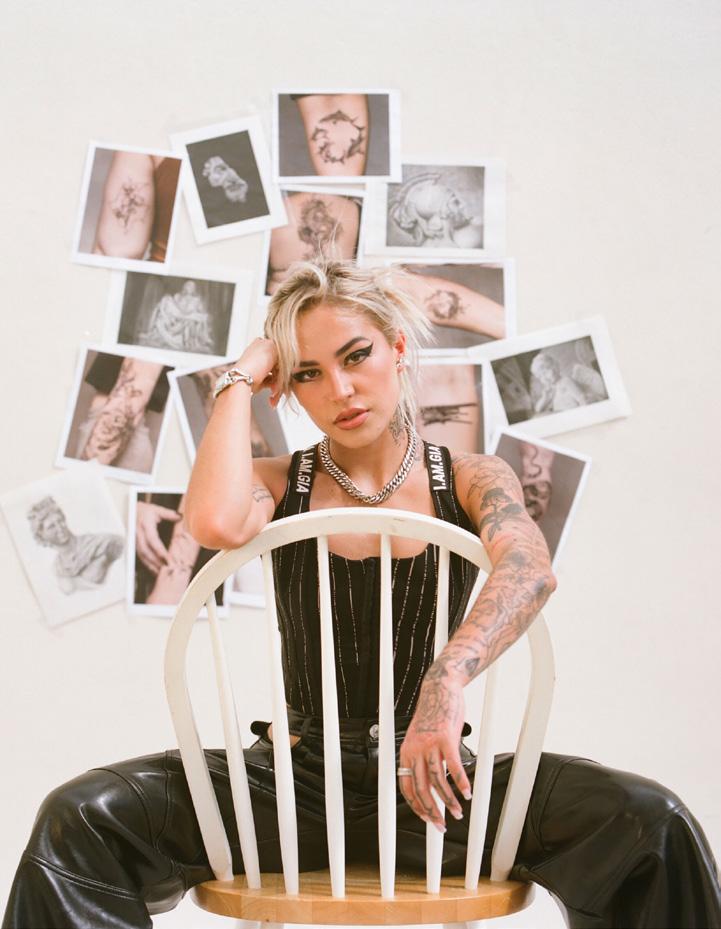


Sitting down and explaining to your mom that you dropped out is not a pleasant experience for anyone, and it definitely wasn’t for Karen. She explained that tattooing gave her purpose, a purpose to do and be great in her lifetime, to become one of the greats and make all of her dreams come true. It gave her a sense of community and she knew that it was her calling. After a long talk, her mom had no other choice but to support her daughter and her dreams.
Karen was never an artistic kid growing up, so after buying her first tattoo gun on Amazon only two years ago, it came as a shock to her that she had a talent for it. She tattooed a couple of her friends for fun, and later on they brought up how she should take it more seriously.

As if it was almost fate, one day she stumbled across a tattoo shop where she happened to know one of the people working there. A friend that soon after became her mentor and the reason she has been able to build up her legacy from the ground.


“I’m so eternally grateful for him. I wouldn’t be the artist I am today if it wasn’t for him and his guidance.”

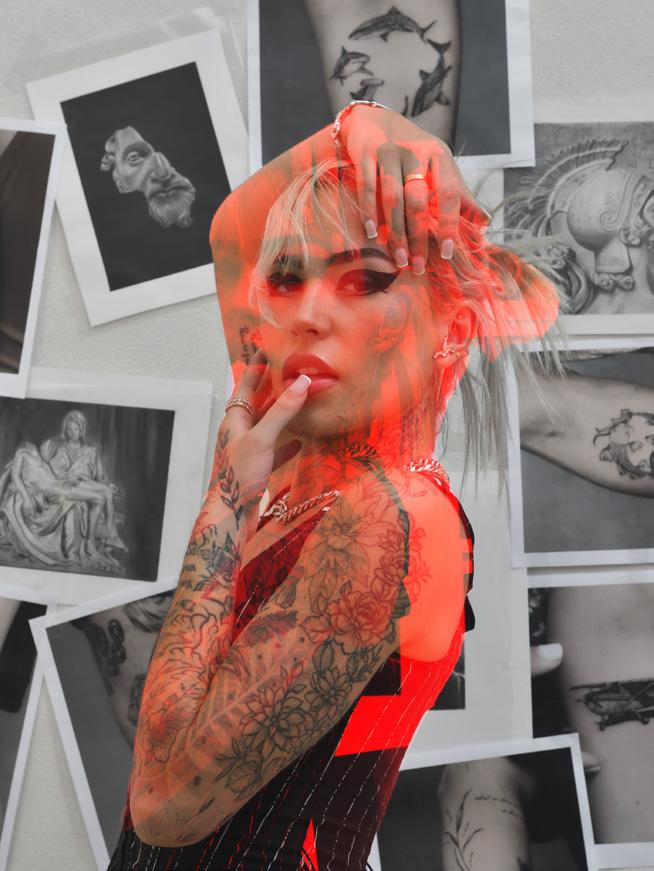



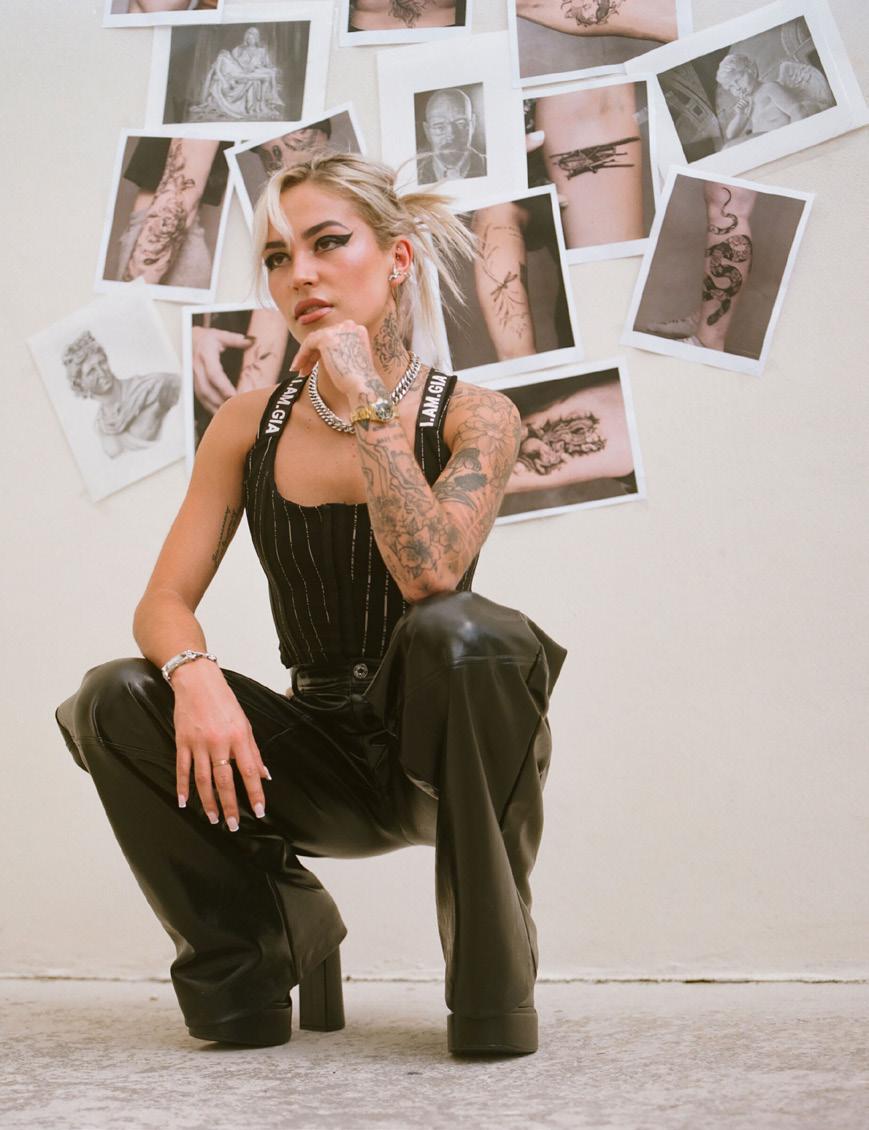

He’s a true inspiration to those that often lack a sense of belonging or overall purpose in their life.

Through ups and downs, Karen has been able to become an amazing and influential tattoo artist. With only two years on her belt, she has excelled in fine line and portrait work.

Being able to convey someone’s story through her art onto their skin is not an easy task that comes with no pressure, however, Karen executes it effortlessly.


Two years is just the beginning, but it’s safe to say that Karen Valencia won’t stop here.
She will continue to forge her path and continue to be a model for young creatives and old creatives alike. There’s no set timeline for anyone and no set limit for what someone can accomplish. For Karen, legacy began when she decided to get out her own way.

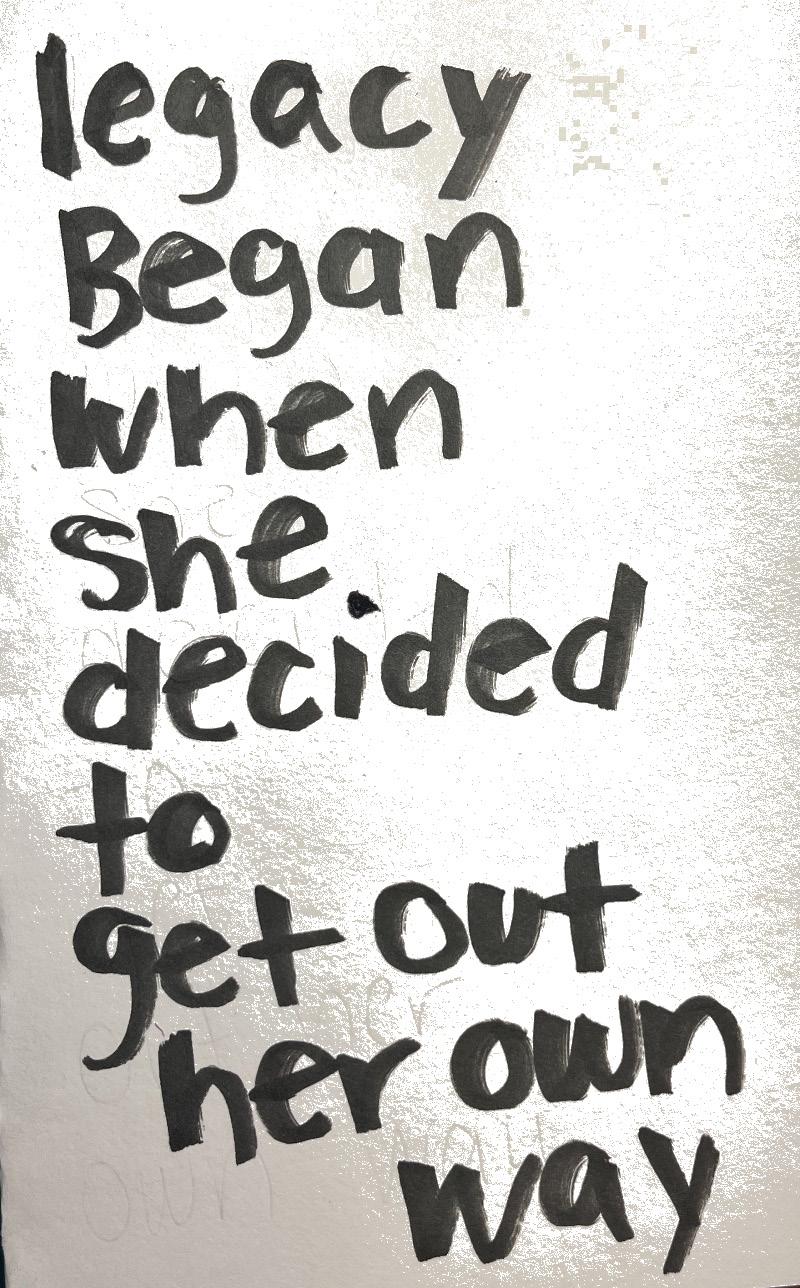
 By Andrea Rivera
By Andrea Rivera





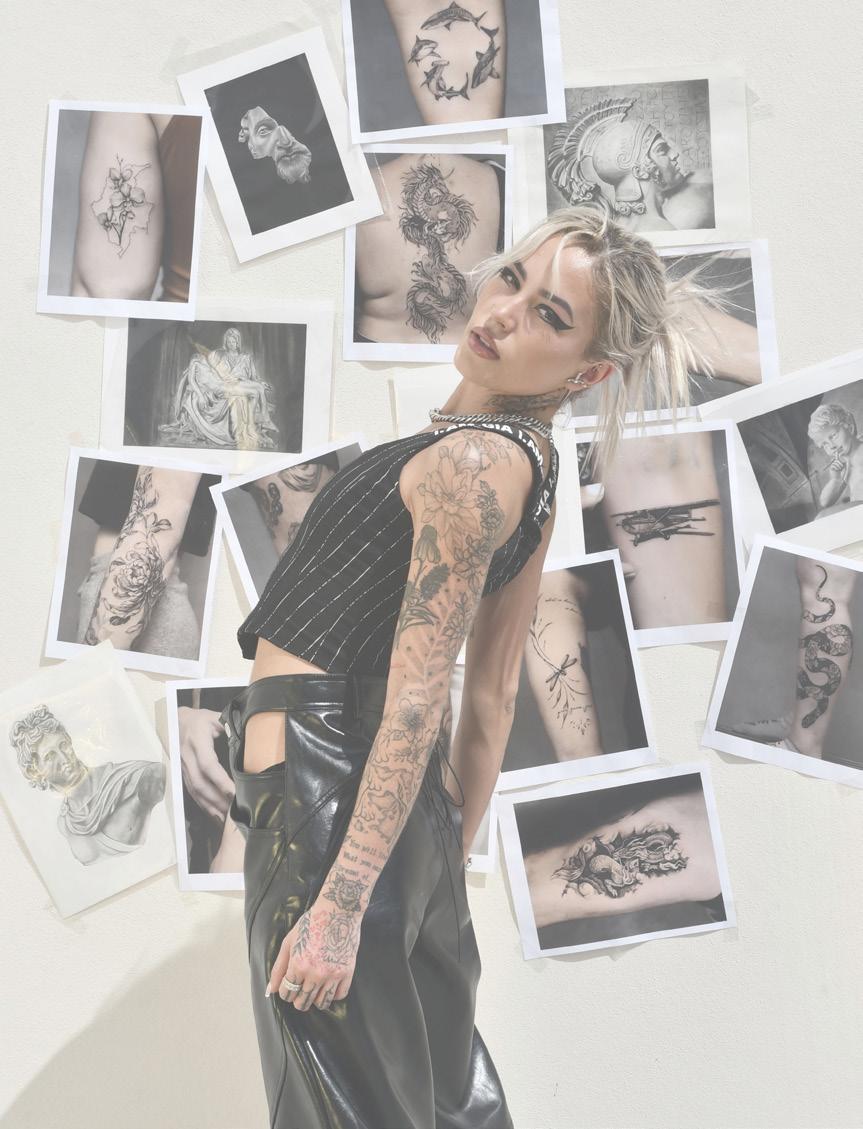
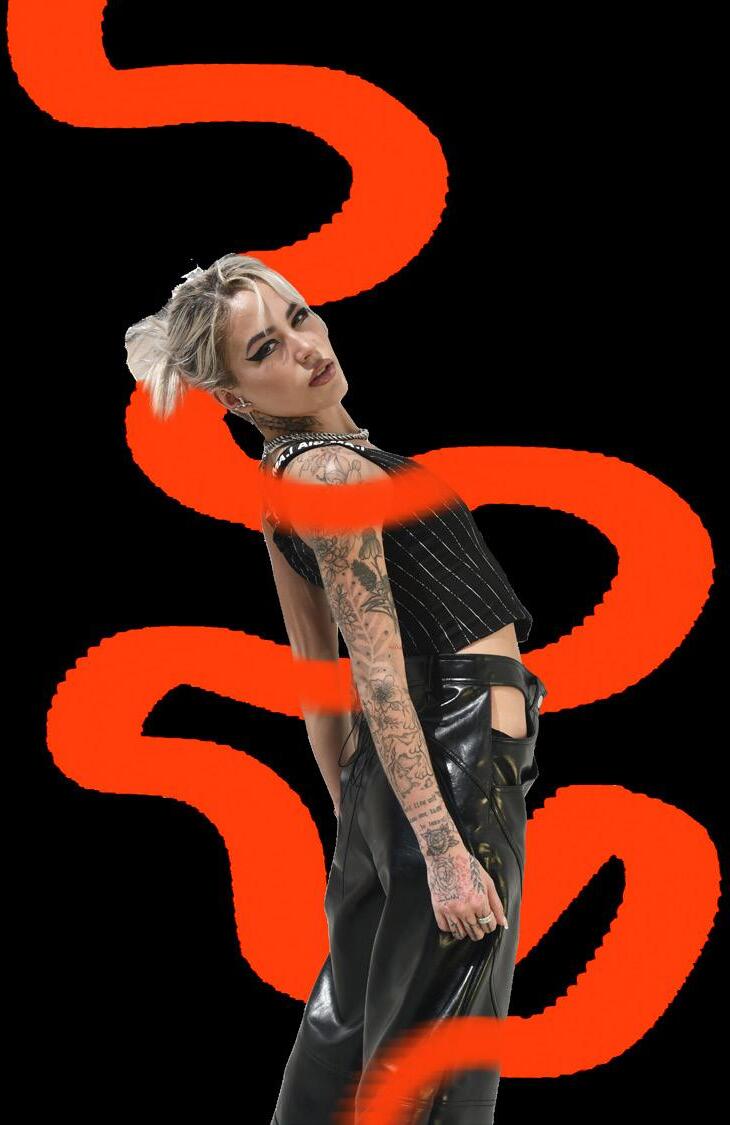
Legacy is a tricky concept. It means something different to every individual. However, I believe we can all agree that we have some legacy in or on our bodies. They can either be scars, moles that you have in common with your parents, or in this case, tattoos.
Tattoos can represent two different types of legacy, yours and the artist’s.
Carrying someone’s love, energy, and passion on your body for the rest of your life is sacred. Having such a unique bond with your artist allows you to share a story from the connection you two have made and what came out of it. You’ll have a story on your body, even if it was on a whim or you thought about it for two years. A story you will share with anyone that asks you about it. Not only will it be the artist’s to share but yours as well.



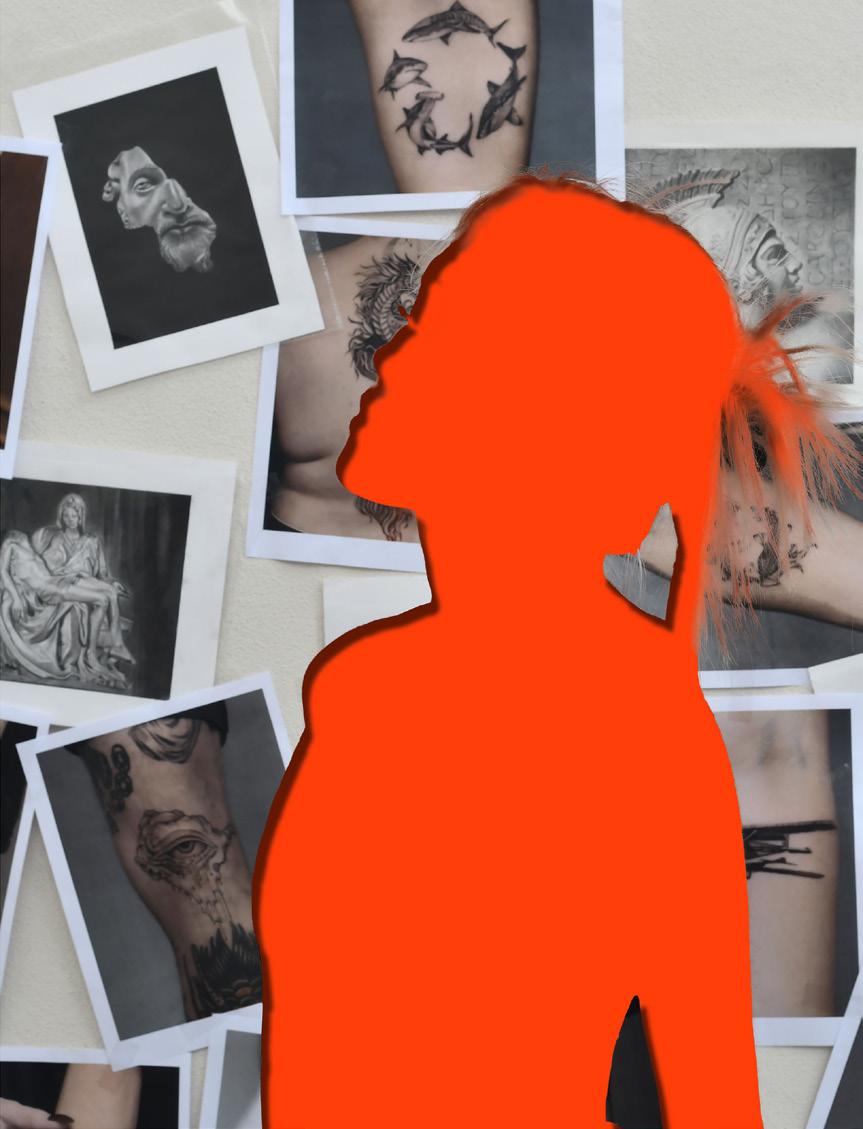

Getting tattooed can mean a lot of different things for everyone. Some like the symbolization it gives of their strength or perhaps control over their body, and what they can do with it or to it. However, whatever made you want to get a tattoo no matter what it is will all lead you to one thing: an anecdote.
Think about a core memory that you just can’t wait to share with the world. That’s what tattoos are like. A story you share with most of the people you meet for the rest of your life. It sounds like a lot of pressure, believe me, I know—I have a bee tattooed that looks like a roach. But think about this, whenever you’re bummed out just look down at your arm, leg, chest, or wherever you have that tattoo you hold close to your heart. It sounds silly but it does work, and it’s incredibly powerful.

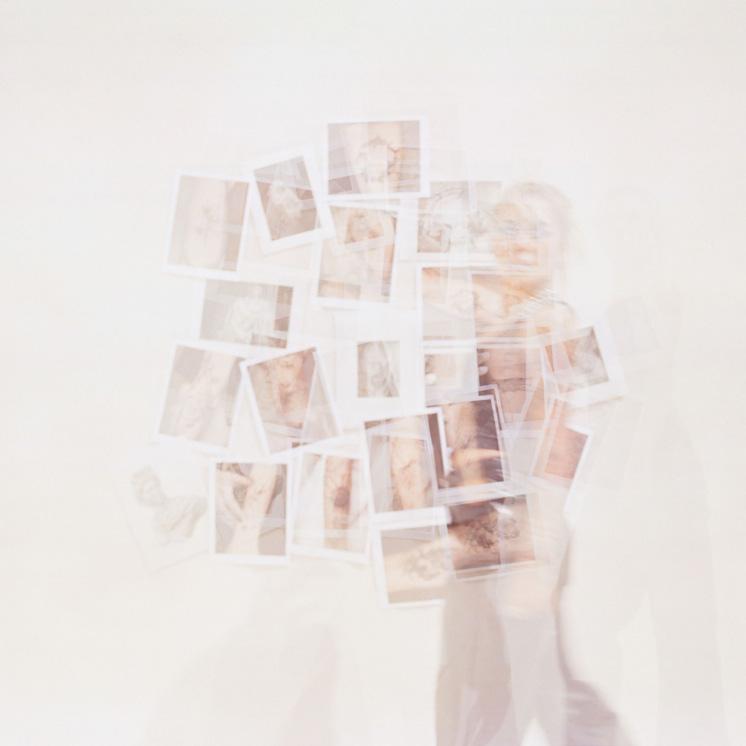
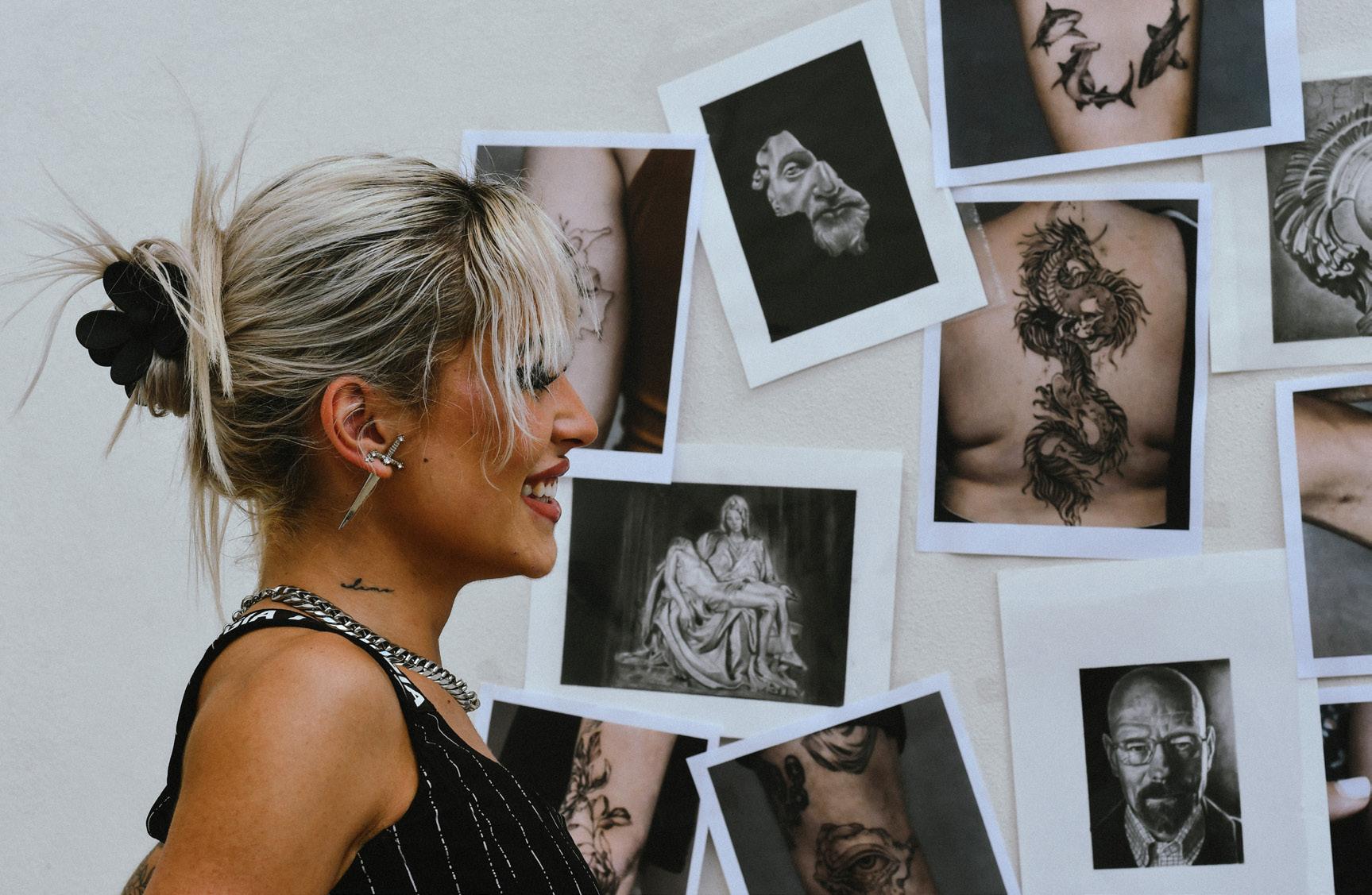

The art of tattoos deserves recognition for the community it creates at an individual and collective level. Not only is it dope to look at, but ultimately it can save lives. Feeling like you have no control over your body is one that many go through, and being tattooed is all about power.
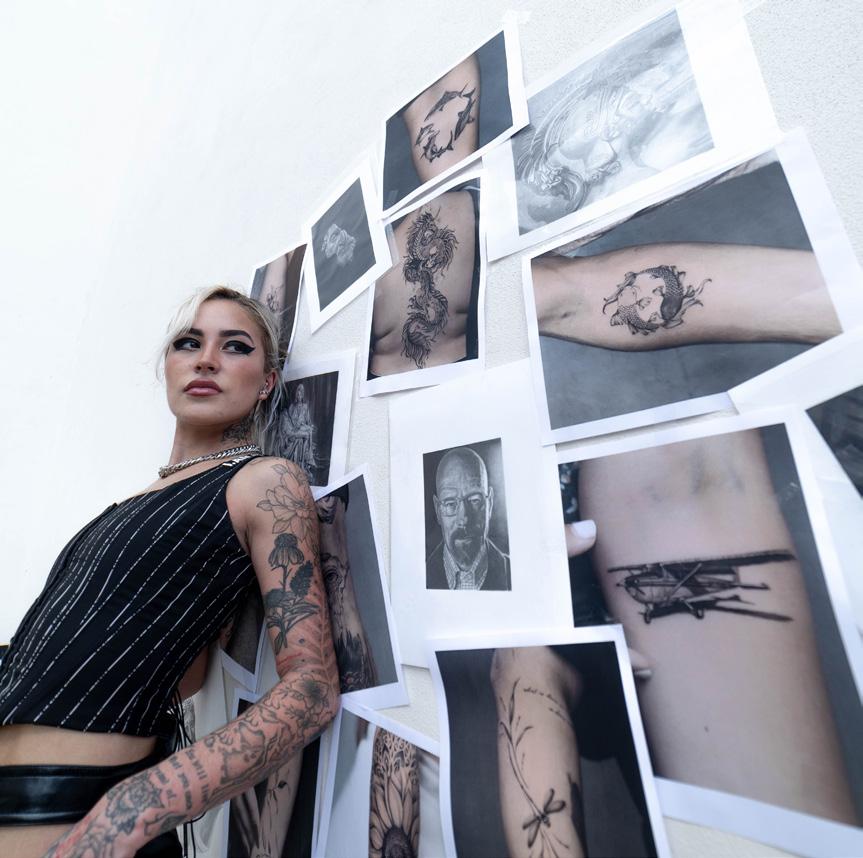
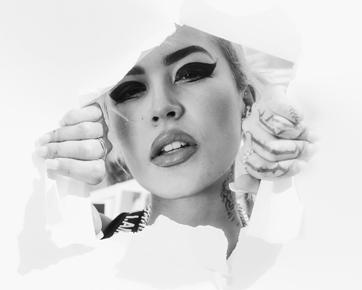
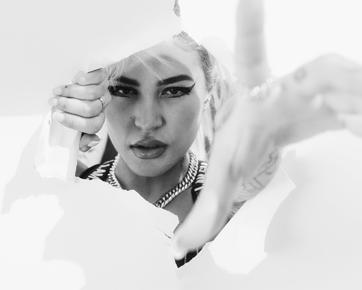
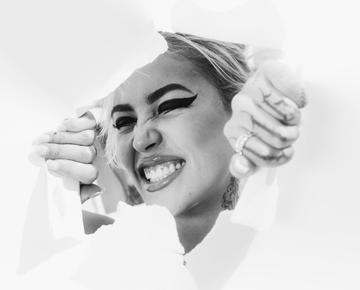
Tattoos outweigh whatever negativity you have had to endure through your life journey. All of the stumbles are a part of your legacy, because at the end of the day, they have brought you here, they are yours to own it.
Having that inked on your body is a representation of who you were, are, and will be.
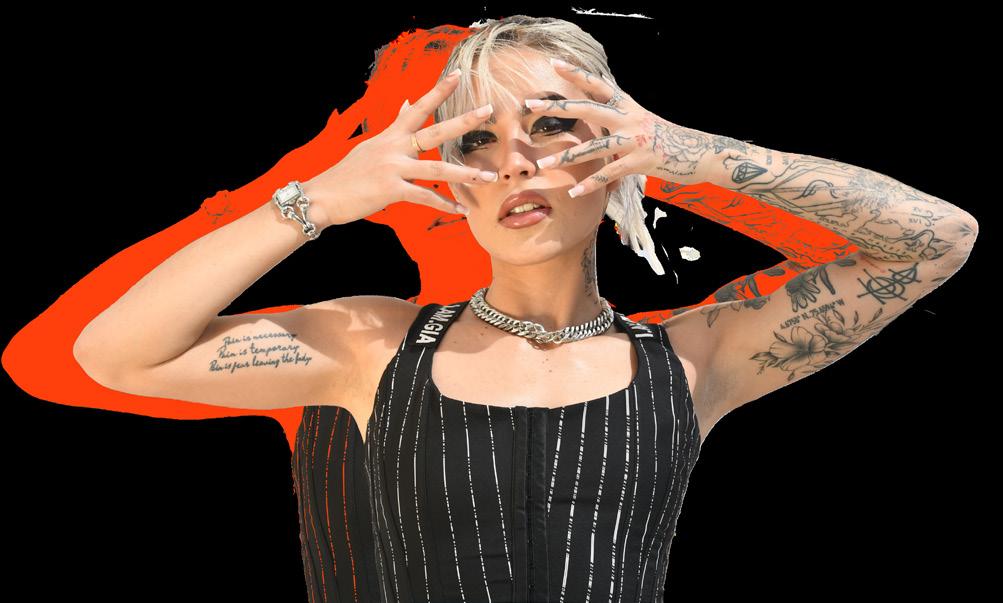
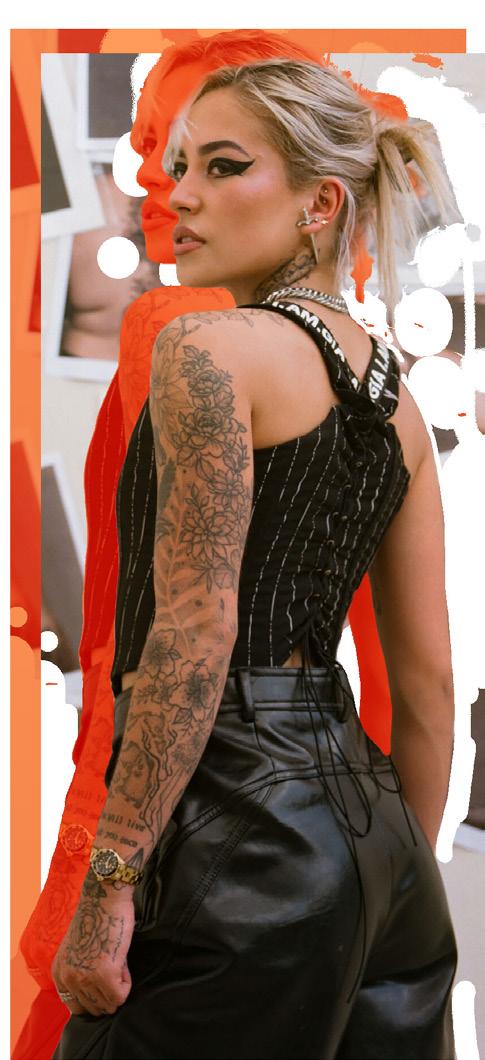


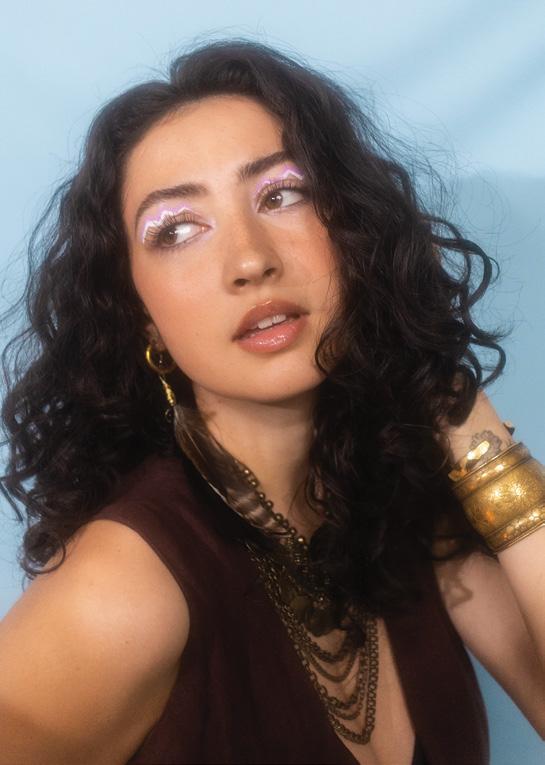


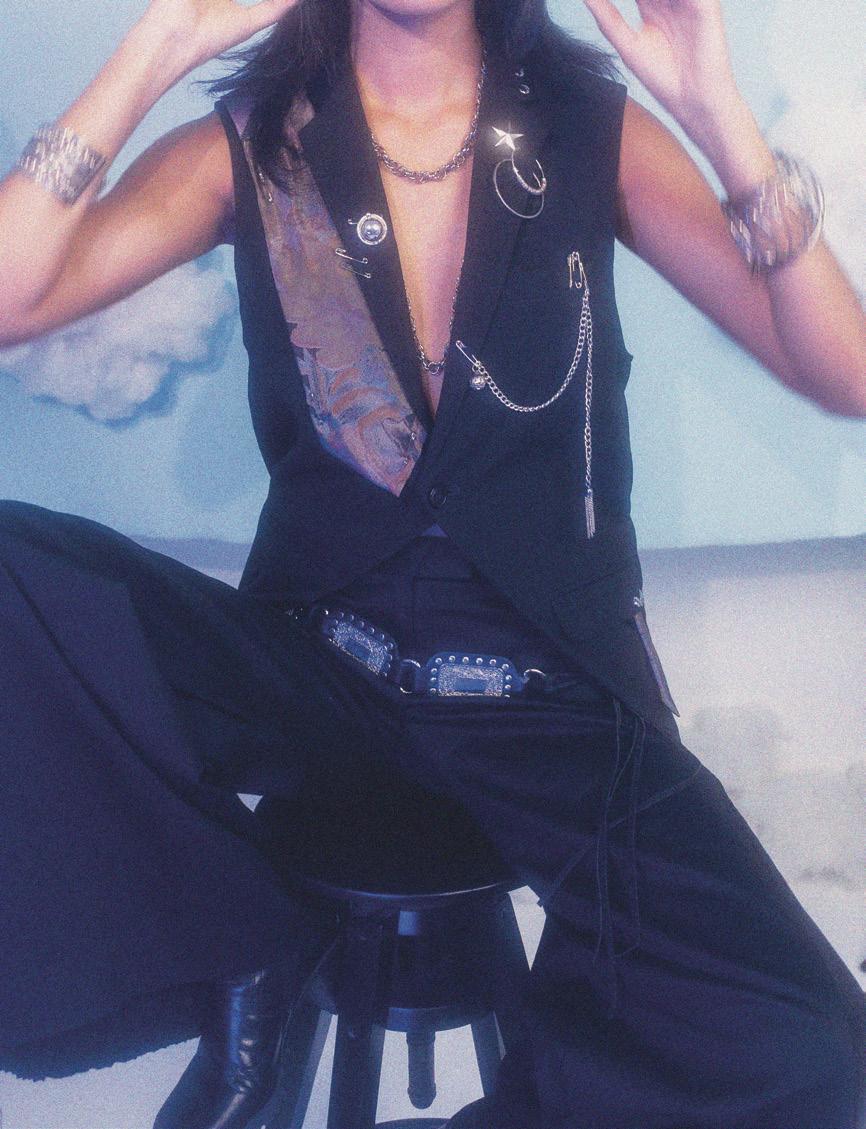


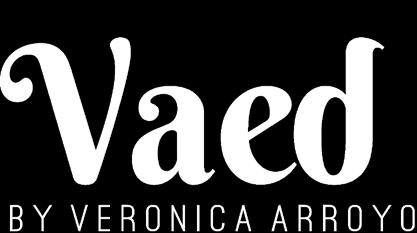
























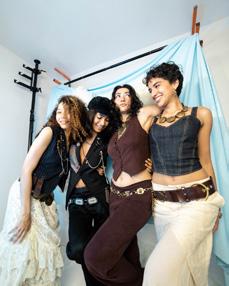














As the fashion industry continues to produce and consume at alarming rates, it has become apparent that fast fashion is destroying the environment, making it imperative for us to start exploring alternative solutions. One of the best ways to do that is to support small, local brands such as Vaed. Founded by 23-year-old Veronica Arroyo in 2020, she decided to make a sustainable and earth-conscious brand during the pandemic that’s heavily inspired by nature, animals, human beings, and her time growing up on an organic farm.

Veronica always wanted to be a fashion designer and started designing clothes through her mom. Her mom who would make things for the house, backpacks, and even her Halloween costumes growing up. Since then, she became very interested in learning how to sew. Since the start of her sewing journey at the age of 5, she didn’t start upcycling and sewing her own clothes until she was 13.
After learning how unethical and sustainable the industry can be, she decided to change that. Vaed calls itself a “slow fashion brand” and prides itself on making clothing that follows zero-waste conduct. All the fabrics used in her clothing are made from natural, organic fibers, or deadstock fabric that is given a second life. As stated on her website, even her packaging is plastic free made from recycled paper.

“Clothing is something we all need and most of us love but don’t realize has such a negative impact…I knew I couldn’t pursue being in the industry unless I created a brand that didn’t adhere to the adverse and unethical corporation that is fast fashion,” said Veronica Arroyo.




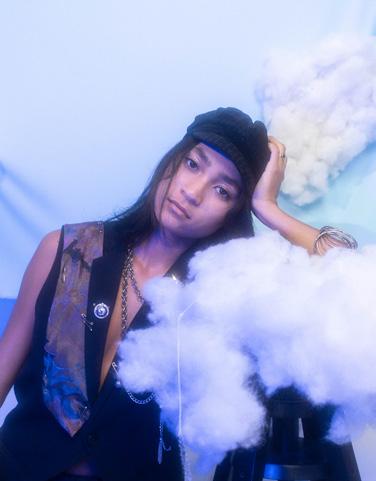
























“To me, legacy means making a long-lasting impact and most importantly for me a positive impact so that my friends, family, and anyone who knows about what I made or what I did can look back at the moment and always remember and learn from…and like whatever positive impact I made whether it’s the fashion industry or the environment, its always going to be something that will live on and be continued and always referred to.”





What makes a brand ethical and sustainable?













“What makes a brand sustainable and ethical is having a workplace where you are not being abused in any way, shape, or form, having seamstresses that are getting paid the wages that they deserve, and being conscience of the materials you are using (hopefully natural)...things that won’t hurt the environment or hurt people…no toxic chemicals…but it also means using what you have and not being wasteful. So even if it’s not an ecofriendly material, it’s a material that you already have and you’re not going to waste it and buy something new. Just use the materials you already have instead of buying the new eco-friendly ones until you run out of those materials, then you can switch to a more eco-friendly one. For example, packaging: you have plastic packaging but eventually you want to switch to paper packaging. Use up the plastic that you already have and then switch to paper packaging because you don’t want to waste all of those materials that you already have because that’s unsustainable. Just being conscience and not wasteful with your process whether that’s with clothing or your art is always best.”
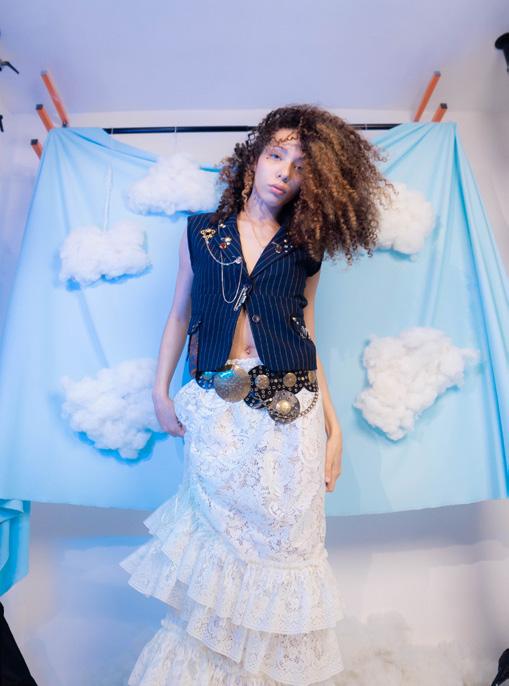
Do you think that commercial brands will switch to more sustainable forms of production in the future?







“I think in the future brands will have no choice but to have more sustainable productions. If we want to continue living and thriving in this world as humans, we are going to have to enact more laws and be more strict with how clothing is disposed of, how toxic chemicals are disposed of, and how they are made in general. Slowly but surely it will have to change because it is already affecting us and the Earth so dramatically. Brands will have no choice but to change their production; it has already started in other parts of the country or other parts of the world, but it’s more so in certain areas where production is huge like China and other thirdworld countries that we need to try our best and change their systems and productions. Not sure when it will happen but hopefully with time, it will happen.”


What can consumers do to switch to more ethical and sustainable brands?
“Consumers can switch to more ethical and sustainable brands by just educating themselves from wherever they want to shop. Let’s say you find a store online and you want to buy from it, typically they always have an ‘about section’ on there and you can see if they have any of their ethics on there. And typically, if a brand does not showcase its ethics or talk about what they do and how’s it made, then I won’t support them because they are probably fast fashion and they are mass-producing clothes and have no sustainable or ethical aspects to its brand. The best way to be conscience is to not consume too much. It’s better to wear what you already have and use what you already have before you buy new. The most sustainable thing you can do, even if you are already buying from sustainable brands only, is to not overconsume. You don’t want to be consistently buying new things because it’s clothing that you might not wear or doesn’t fit you and that’s unsustainable.”
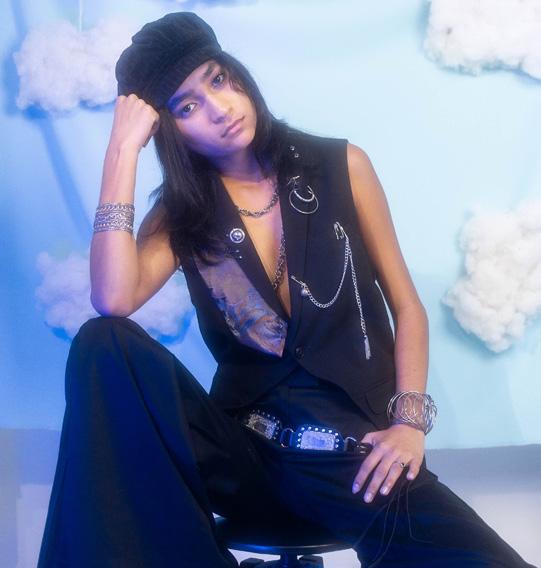
“I think that my brand is making an impact in the fashion industry by…I made it a goal of mine that I will always have…will always try my best to make a positive impact in the industry. I don’t want to contribute to the tragedy that’s already happening in the industry. I refuse to be unethical; I refuse to be unsustainable within my business, my brand, my ethics, and everything. Even in my own personal lifestyle, I’m always thinking about how I can make a positive impact and I think I have already started that within my own small community, which I have of followers. I’m always sharing how people can be more sustainable, and more conscience with their clothing and how they shop. I always get responses saying that people have started to change their habits. Slowly but surely, I’m always trying to make a positive impact and help others be more earth-conscience.”






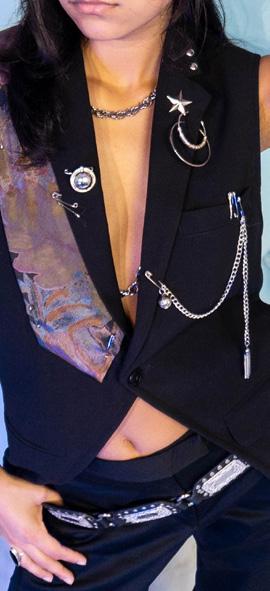




“My creative process is that I...I’m mostly inspired by textiles first so I love to find fabrics, feel them, and get inspired by them to make garments. I usually don’t like to sketch first unless it’s something specific…like if I have an intention with the collection or a custom order but sometimes if I feel like experimenting then I usually will look for the textile first and then design something around it.”

































“What can you see from me in the future is definitely more designs. I always want to keep creating, experimenting, and growing my brand, not to the point where it’s too big because that will defeat the purpose of what I want and what I’m doing. I want to keep my brand slow, ethical, and sustainable, and to do that, I don’t think I can have a humongous brand that is doing mass production. I also want to expand in different ways: I want to continue freelancing, working with other creatives, collaborating…I want to create a studio where I will have machines available for anyone to come in and use and can learn…I want to also teach more classes and be more involved in the community and help Miami be a more sustainable, earth-conscience, creative, and make a positive impact consistently to help others grow.”
If you want to see more of her brand, go follow it on Instagram @vaed_va and check out her website www.vaedva.com



































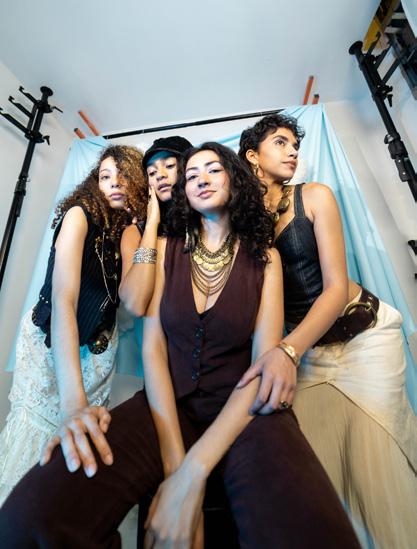
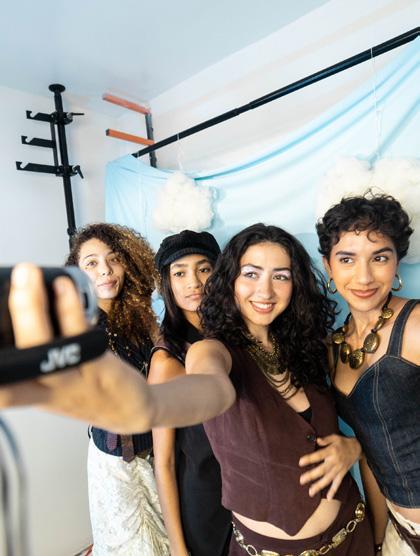












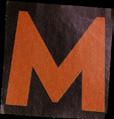

I hope to leave a mark. All eyes are on me. I wore this shiny necklace just for the occasion, It weighs heavily on the neck.
I’ve never owned anything this big before. It’s poking my collarbones, itching. I try to scratch at it until I reach my throat. I want to take it off, along with the blisters on my heel and the tightness around my waist. How could I when it looks so good, and I feel so good.
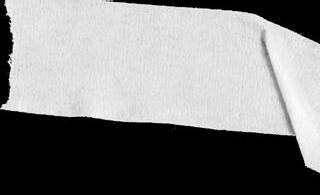
The higher I reach, the greyer pollution gets. Thick in my lungs, I try to breathe in and out. The chain oxidizes, falling apart all over me. Staining me green, others can see it now.

I have to take it off, I’m embarrassed I ever thought it looked good in the first place. Everyones rusted all around me, I don’t see the appeal anymore. I let it rest, purged what I thought I needed. Metal turned people to greed. This is better, lighter, more fulfilling.
By Ailish Fontanez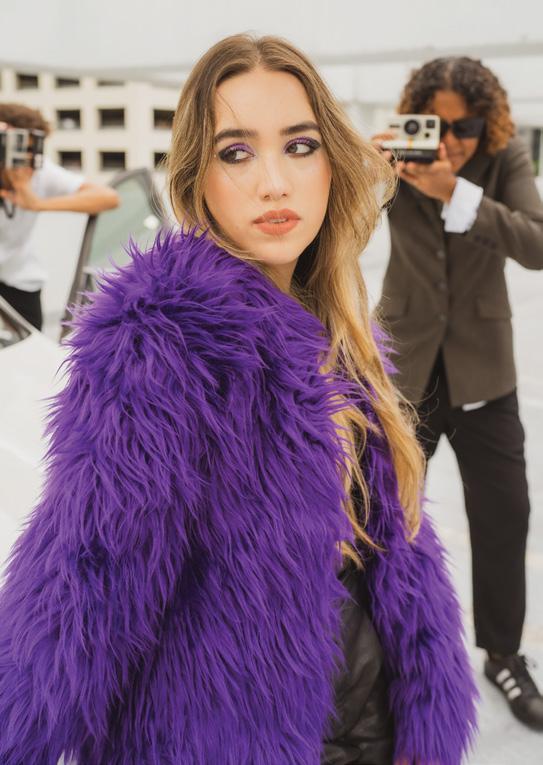 Jacket by TWO SIDED APPAREL
Jacket by TWO SIDED APPAREL
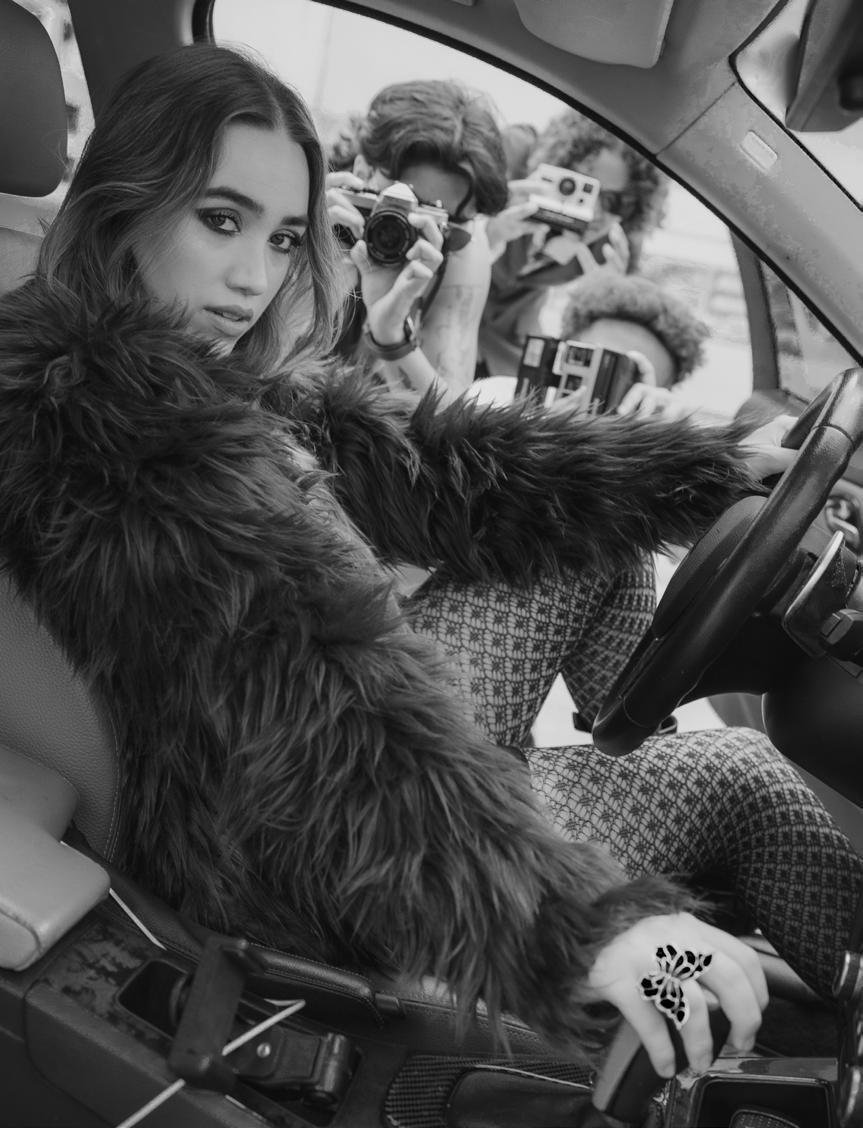
Since as long as she could remember, Ela Taubert’s mission to change the world has surrounded her love for music. Early on, the Latin singer found her voice and purpose through faith and community. Ela was raised in Colombia with a family full of globalized perspectives in music, where her appreciation for artistic expression was fostered.
“Growing up with all these people with different tastes and stories in music, it influenced what made me into an artist.” Ela stated. The development of her favorite genres and cultures began at home, as she expressed what helped shape her personal style.

“-I was influenced by the culture from the United States, and that mixture of variety is what made my identity of some sorts, and it impacted my life”.
As a little girl, Ela found her love for music to have greater purpose through direction. Her development of music as a form of expression serves as more than a legacy, but a refuge as well. Ela’s passion for music taps into an emotional and interconnected relationship, as she turns to music as an outlet for both comfort and empowerment. “To speak through my songs in the most honest way, and for people to feel tranquil and as if they have the right to speak from their heart, it’s like I found myself a family.” she points out, referring to the connection she has with her supporters and fans.
Ela’s artistic style also formed from her relationship with butterflies throughout her life. In her early childhood, she found herself completely enamoured by their beauty when visiting a butterfly garden for the first time with her mother. “My mom told me that I stayed hours and hours watching [them], and with time, every place I went, where I felt good, where I felt that I was following the purpose that God had in my life, there was always a butterfly painted on a wall, or the person had a butterfly tattoo, or a butterfly drawing. There was always a sign.” Said Ela, on the symbolization of butterflies in her music and identity. The presence of butterflies serve as divine guidance, and hold even more meaning in Colombian culture, signifying love and
hope. In her most recently dropped EP titled “¿Quién Dijo Que Era Fácil?”, Ela delivers powerfully relatable lyrics accompanied by the dynamic and heartfelt melodies she writes. She opens up about her desire to impact and inspire others by noting, “A nice way to influence others is to make people feel what music made me feel many times; the artists that I love, and the feeling that I had the right to be vulnerable.” This vulnerability connects Ela with listeners on a personal level, and distinguishes her as the unique and passionate artist to which her growing legacy provides. In today’s increasingly diverse music industry, Ela’s music and impact represents the power of community and expression, as she continues to inspire and move others through her music and mariposas.
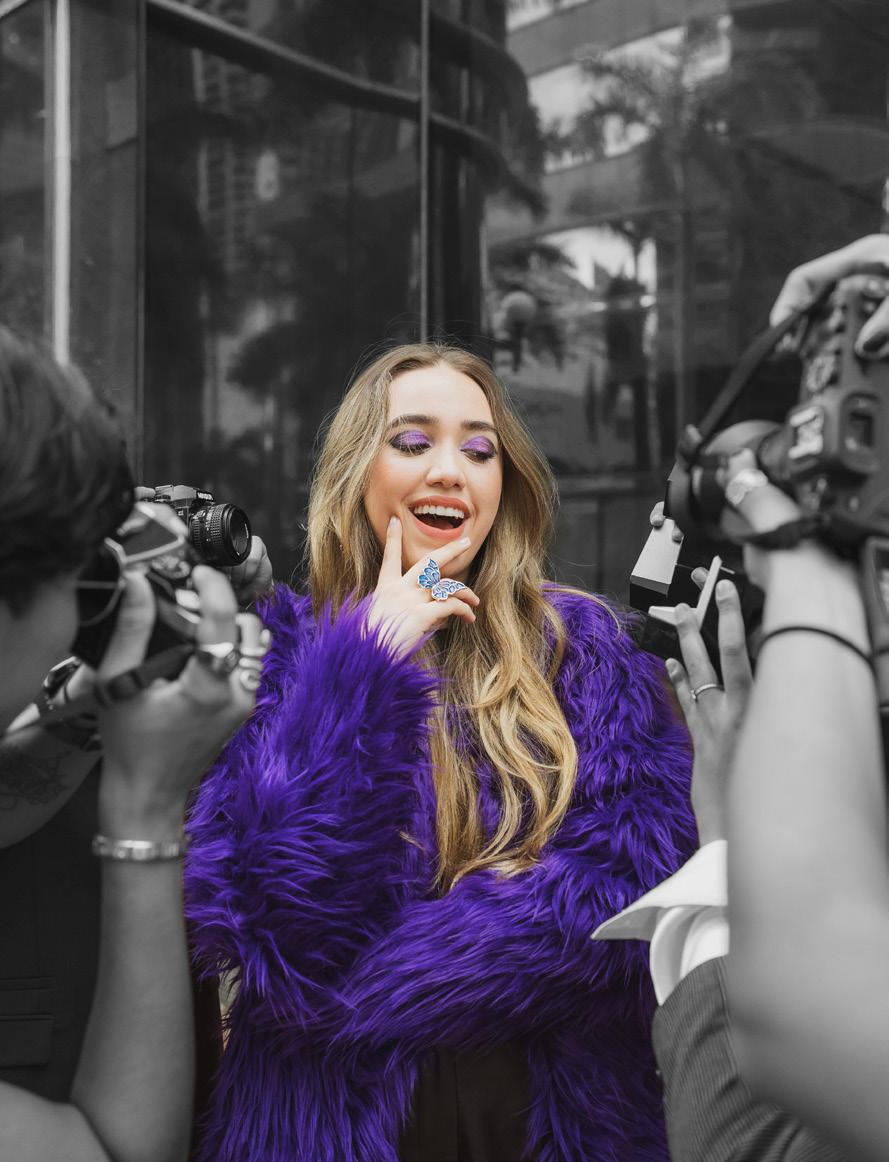


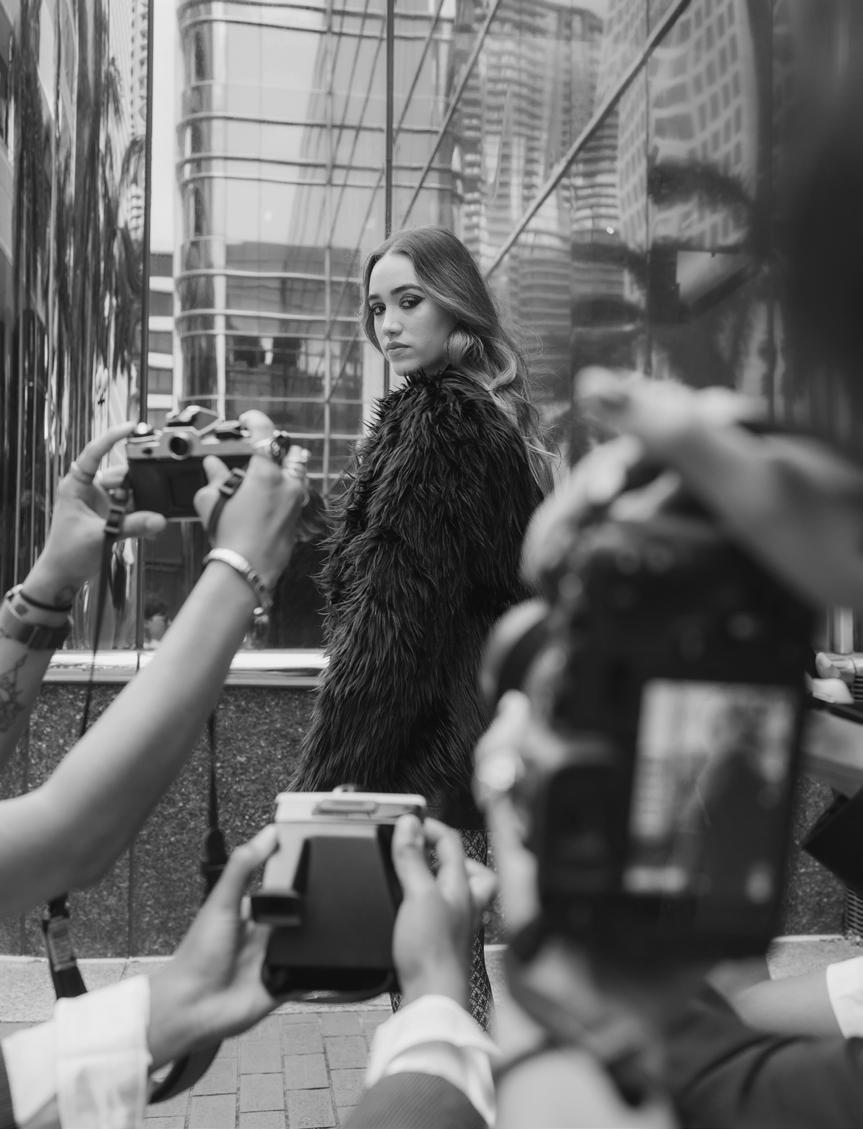
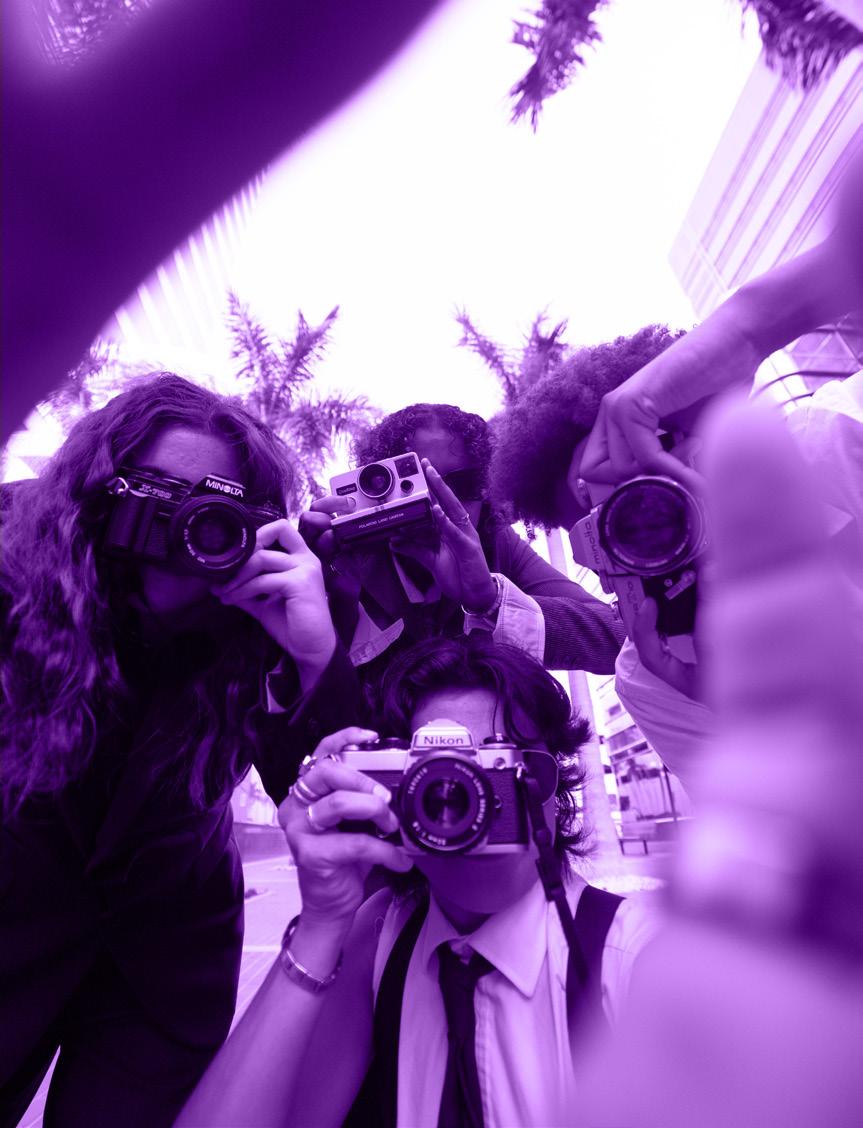
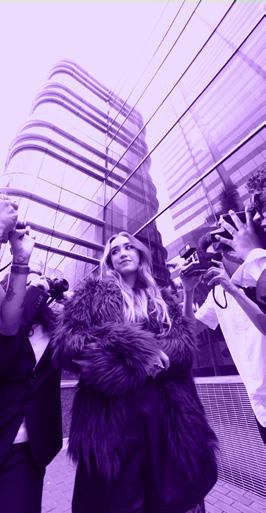


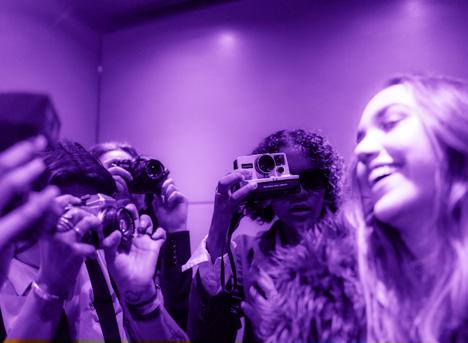
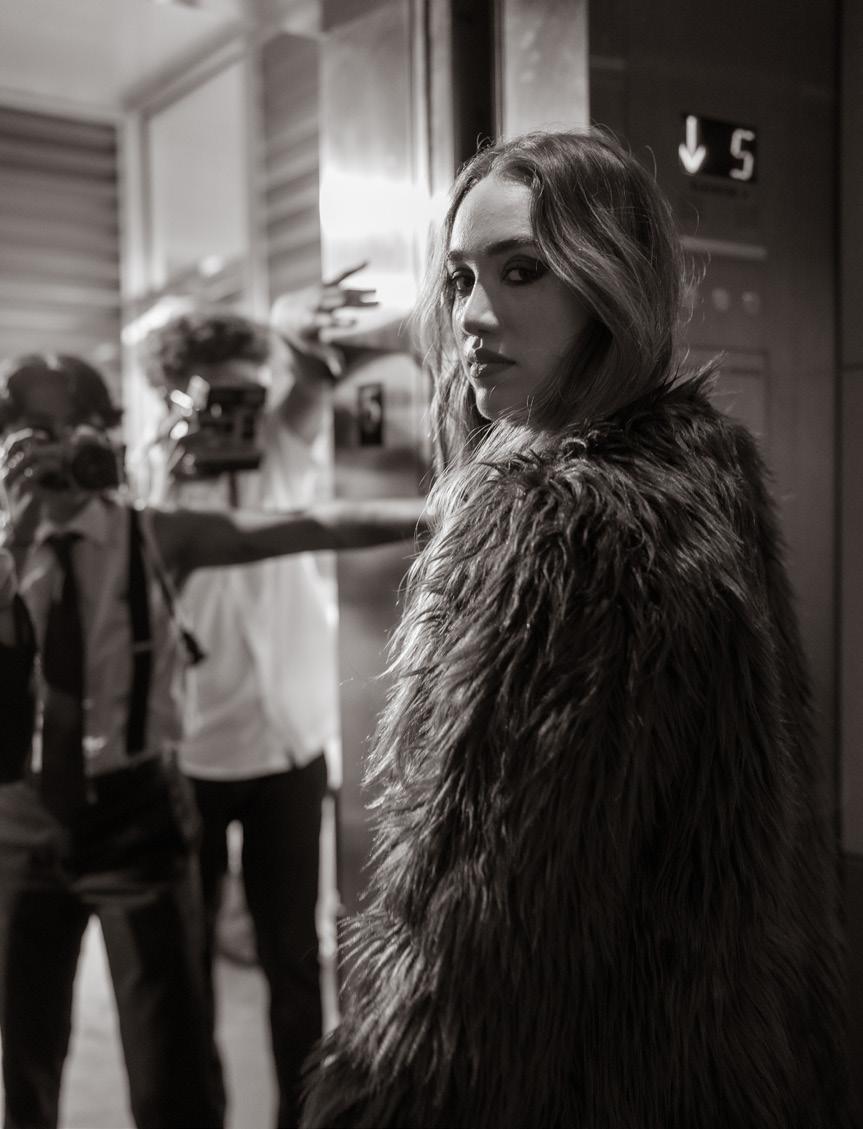
Marla Chelsea Mcleod
A Concept by MARLA CHELSEA MCLEOD and RYLEE STALLINGS
Creative Director MARLA CHELSEA MCLEOD Photography by MARLA CHELSEA MCLEOD, SOFIA AVILES and ISABEL BARROS
Wardrobe Stylists ALESSANDRA YARLEQUE, AUSTIN DIXSON, SYDNEY DIANA, RYLEE STALLINGS, MARLA CHELSEA MCLEOD, JASMINE PIERRE and CESAR TIJERINO
Edited by MARLA CHELSEA MCLEOD, SOFIA AVILES and LILIMARIE QUINTANAL
On-Set LOGAN CHI and CESAR SANCHEZ
Makeup Artists NOEMY ESTHER and RYLEE STALLINGS Graphics by ROSA MENDOZA and LIDIA DELGADO
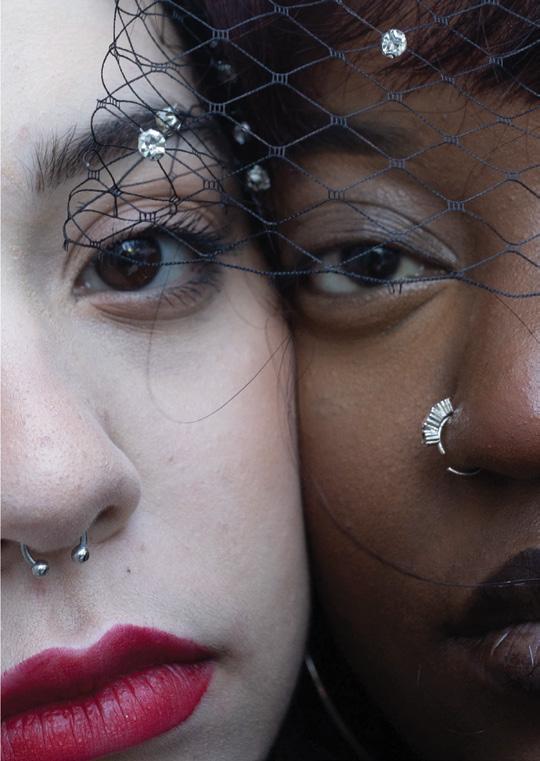 Necklaces by LUCKY SUNDAY
Necklaces by LUCKY SUNDAY
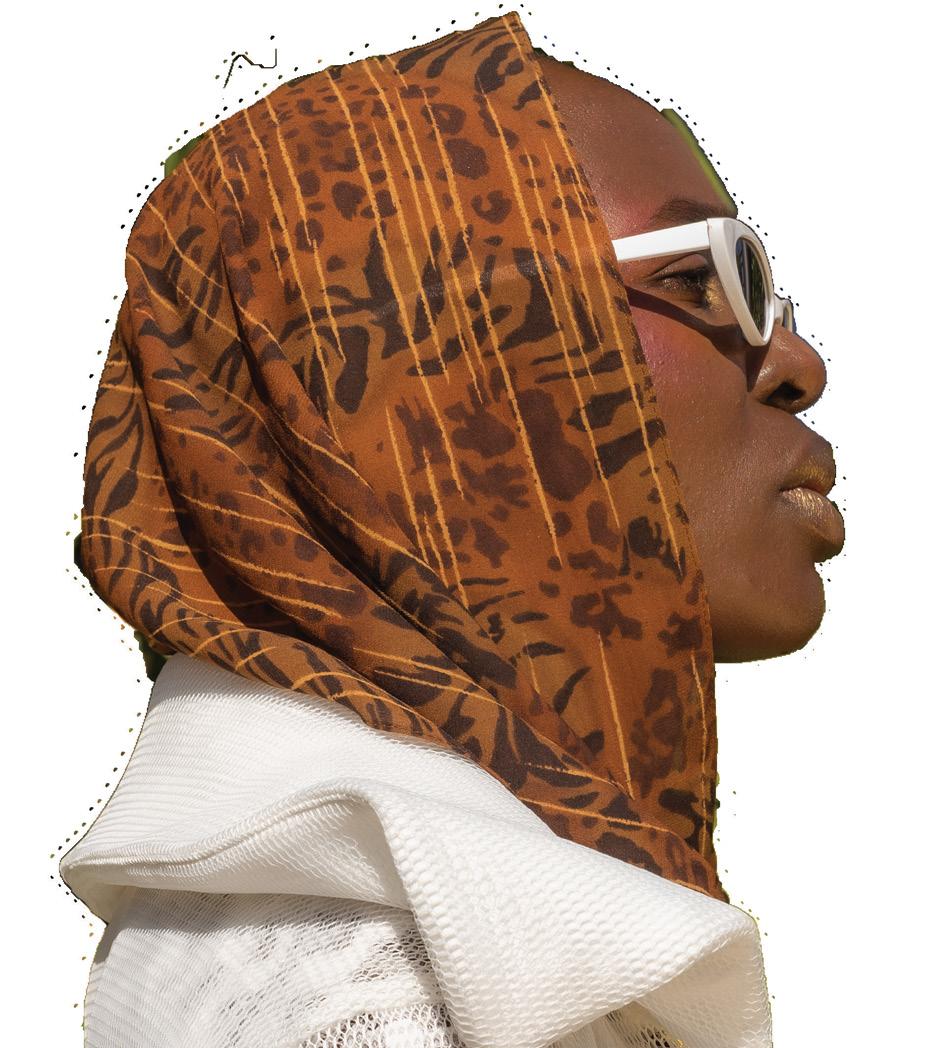

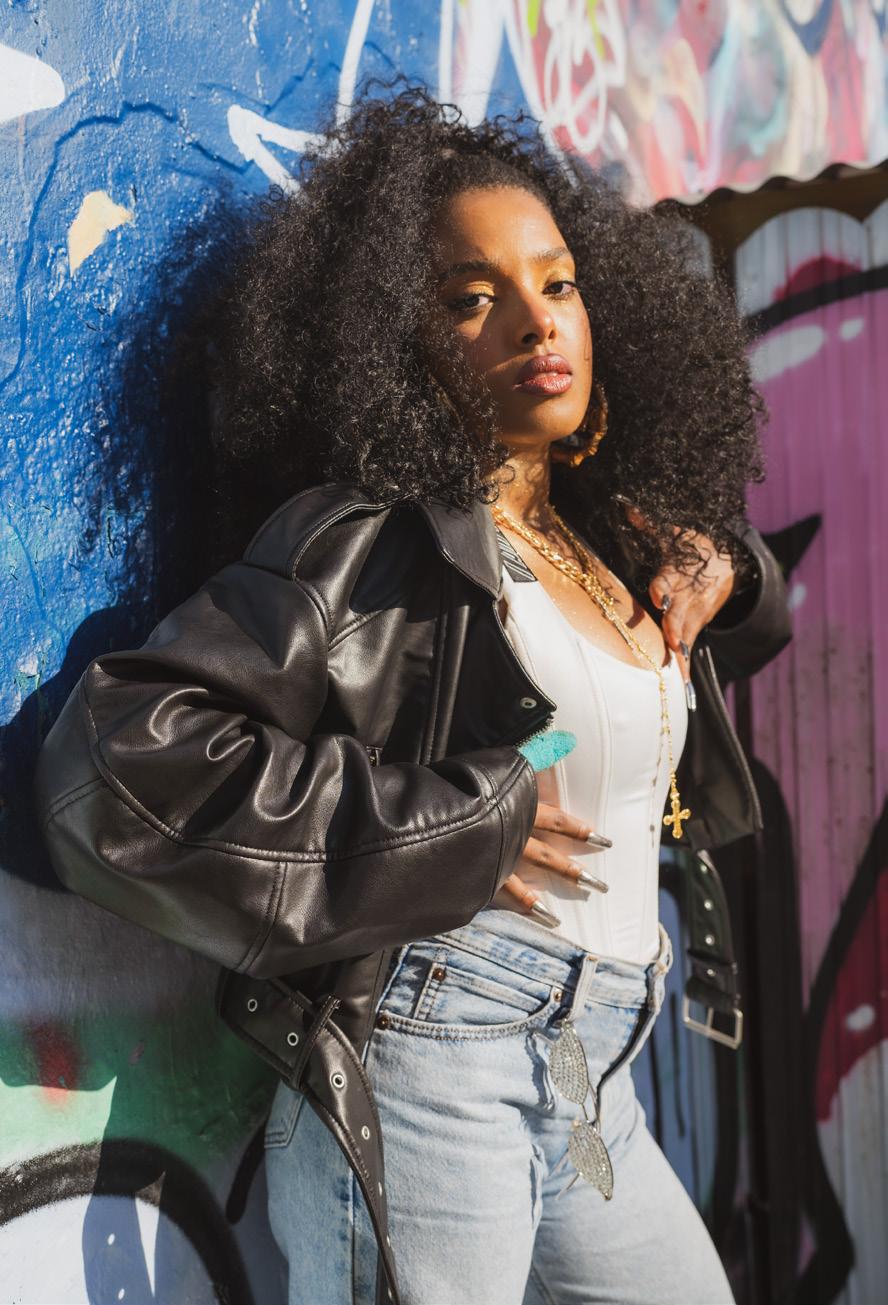

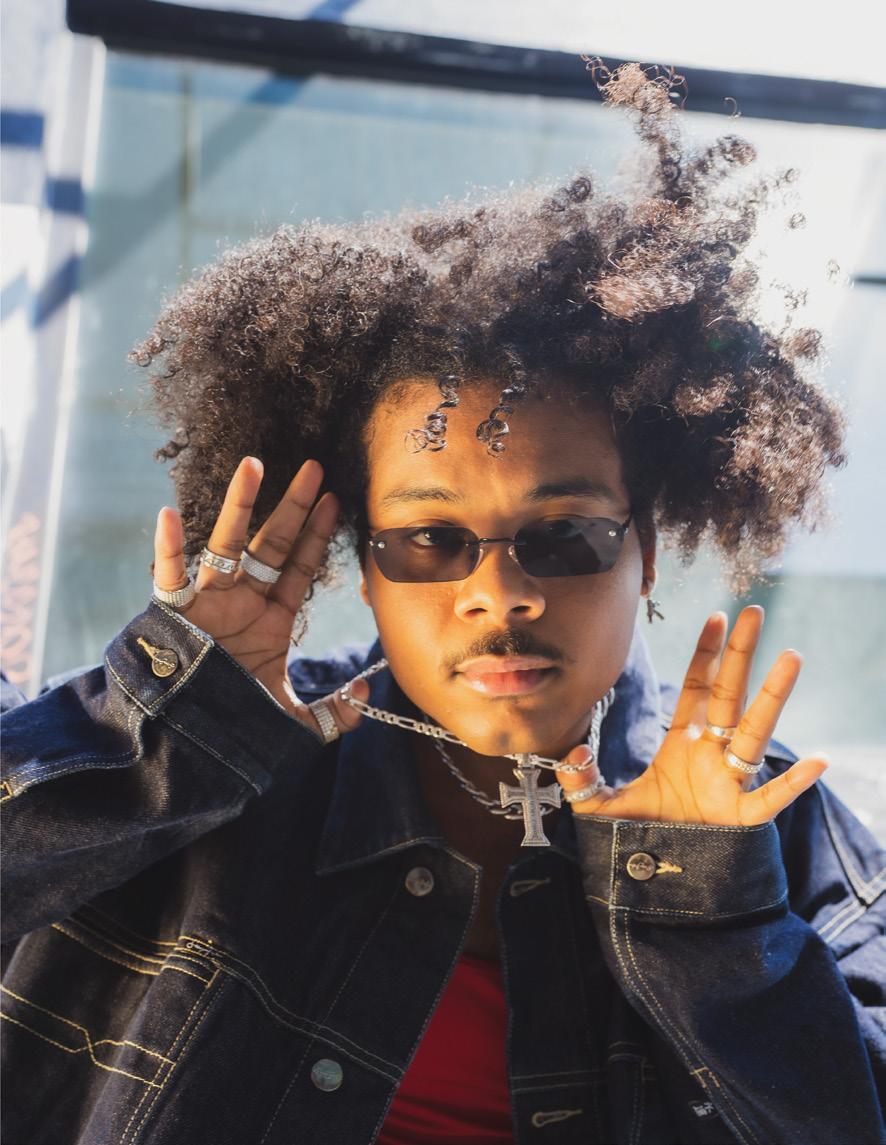





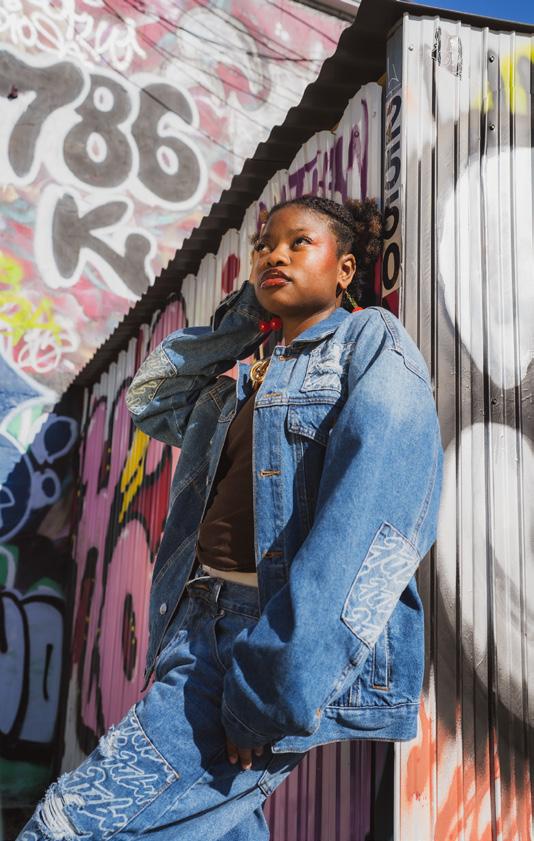
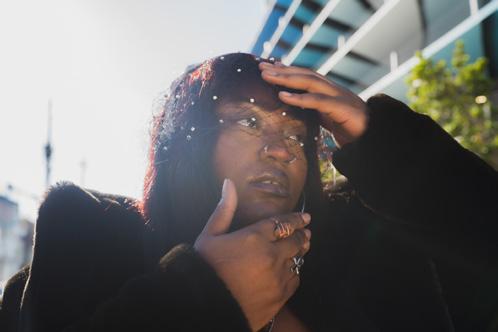




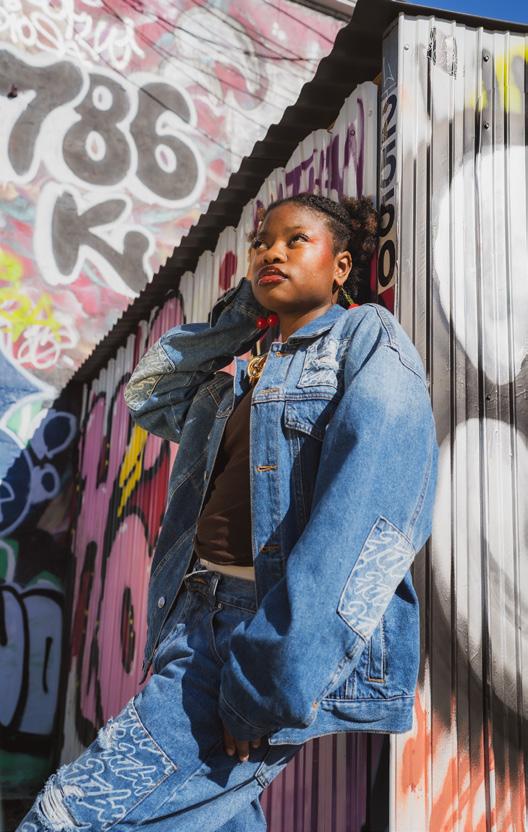
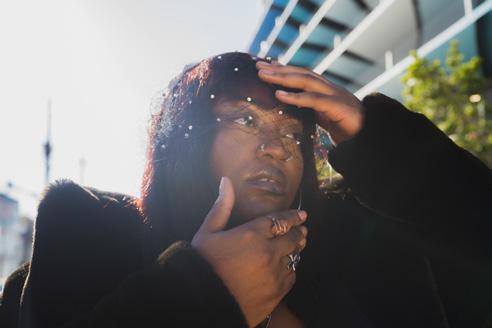
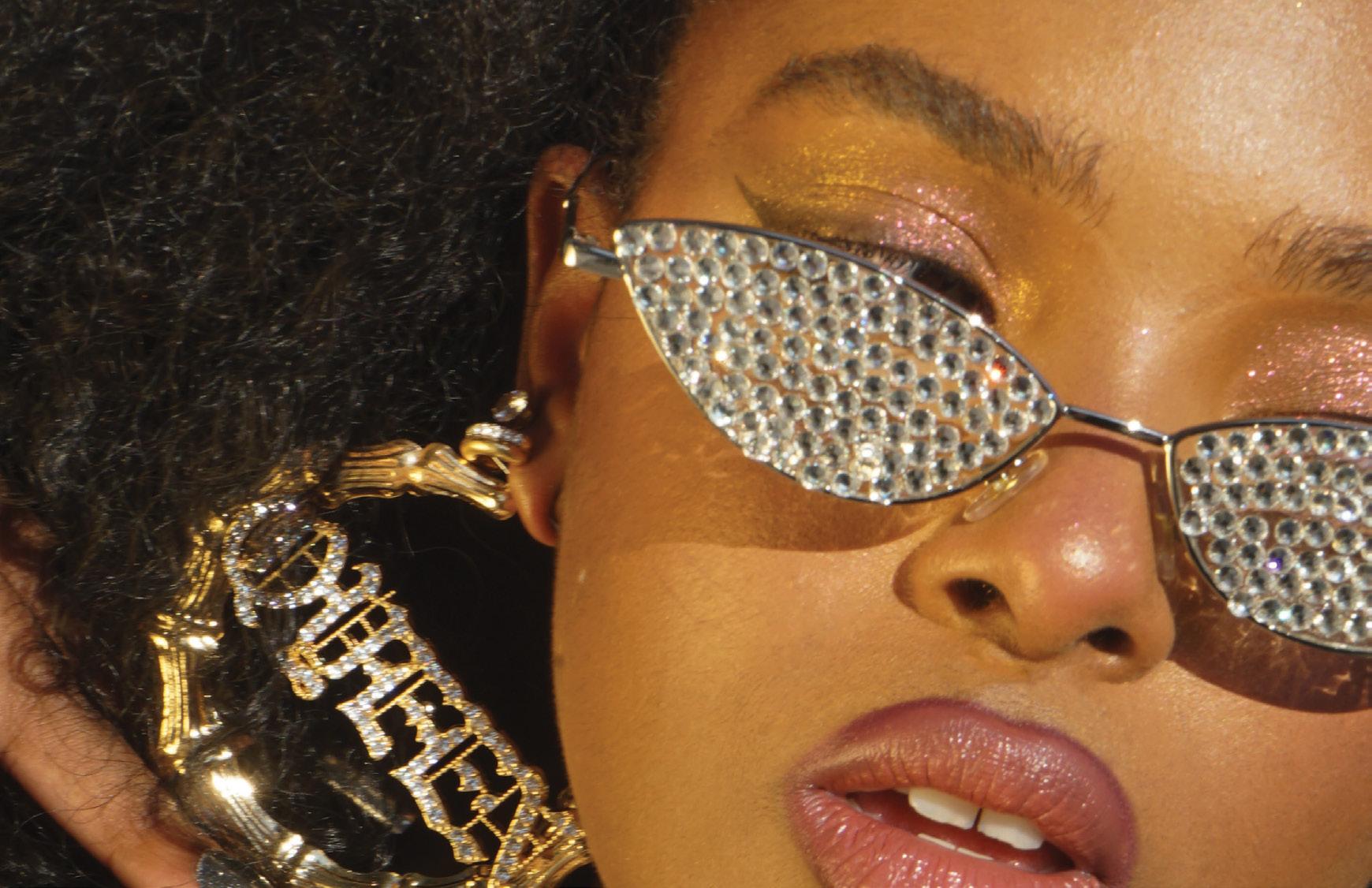


Given their broad impact, I decided to ques tion The Cidels on “legacy” – What it means to them and how they have gone about prac ticing it in their lives.
Given their broad impact, I decided to ques tion The Cidels on “legacy” – What it means to them and how they have gone about prac ticing it in their lives.
How do you practice “legacy” in your daily lives with your students?
How do you practice “legacy” in your daily lives with your students?
We preach that the skills of consistency and commitment aren’t just acting skills or music skills, they’re life skills. We encourage our students to succeed in multiple areas because the standard of excellence that we expect from them always seems to show up later in the world and comes back full circle.
We preach that the skills of consistency and commitment aren’t just acting skills or music skills, they’re life skills. We encourage our students to succeed in multiple areas because the standard of excellence that we expect from them always seems to show up later in the world and comes back full circle.
What’s your approach to influencing the next generation?
What’s your approach to influencing the next generation?
Leading with love, discipline and a splash of fun. Some parts of the arts can be arduous but we found that by playing towards a student’s strengths, they can enjoy the arts in a way that best works for them.
Leading with love, discipline and a splash of fun. Some parts of the arts can be arduous but we found that by playing towards a student’s strengths, they can enjoy the arts in a way that best works for them.
What are you hoping to be known for – in your house and out of it?
What are you hoping to be known for – in your house and out of it?
At home, I try my best everyday to be a loving wife and mother & an artist that inspires and works hard. I believe a good work ethic is vital.
At home, I try my best everyday to be a loving wife and mother & an artist that inspires and works hard. I believe a good work ethic is vital.
How have you seen the culture of Krop and Norland change over time? Which parts do you think you’ve impacted?
How have you seen the culture of Krop and Norland change over time? Which parts do you think you’ve impacted?
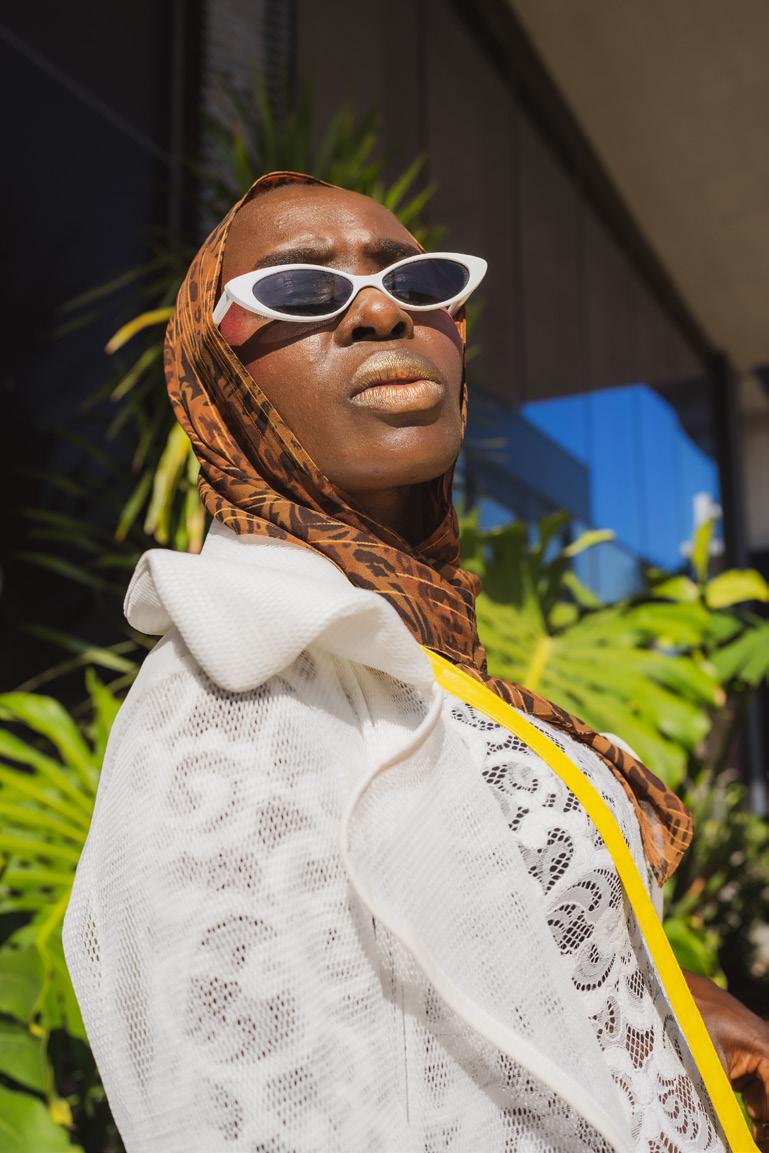

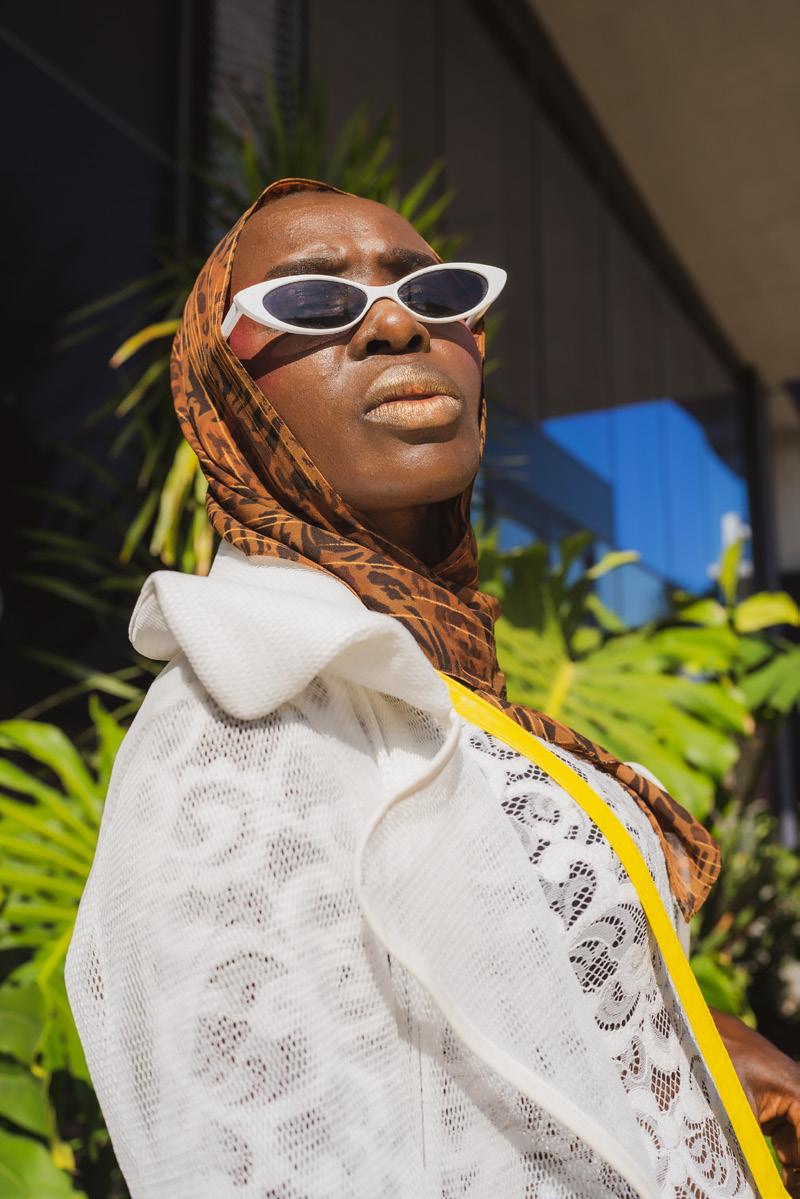

Norland has changed in a way that is won derful. Moonlight and David Meets Man proves that regular people can do this work and it's not so far from these students. Before these kids couldn't see themselves on TV, now they have seen their classmates on screen. As for the culture of Krop, many more students now attend because of Evo Arts’ presence. Students from all over the area have set their sights on Krop’s Magnet Program.
Norland has changed in a way that is won derful. Moonlight and David Meets Man proves that regular people can do this work and it's not so far from these students. Before these kids couldn't see themselves on TV, now they have seen their classmates on screen. As for the culture of Krop, many more students now attend because of Evo Arts’ presence. Students from all over the area have set their sights on Krop’s Magnet Program.
As Black artists, what advice would you give to other Black artists?
As Black artists, what advice would you give to other Black artists?
Relationships are important. You can be the most talented person in the room but if you are mean-spirited, you won’t stay in the room. Work hard and your time will come. Continue to show up in the room. Commin ute effectively.
Relationships are important. You can be the most talented person in the room but if you are mean-spirited, you won’t stay in the room. Work hard and your time will come. Continue to show up in the room. Commin ute effectively.
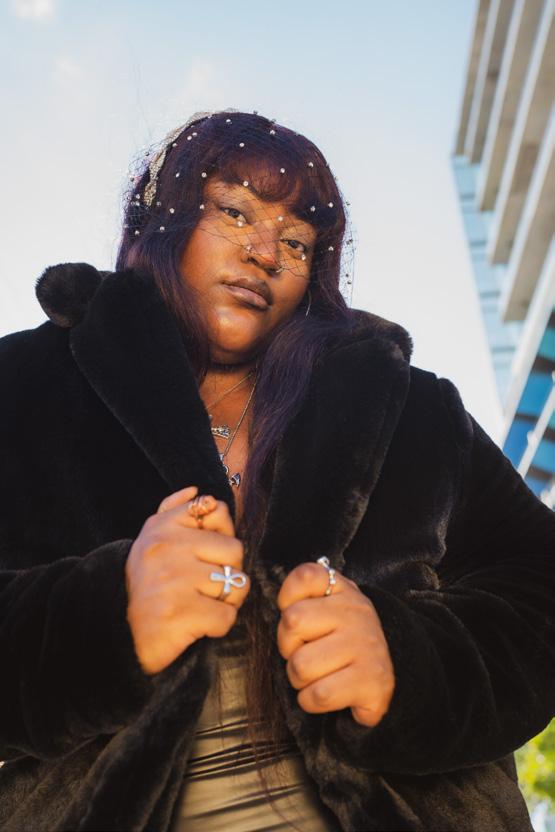




THAT INSPIRES EVERYONE AROUNDTHEM .
THAT INSPIRES EVERYONE AROUNDTHEM .
There’s a heavy corduroy jacket, Presumably used to cover my grandfather on windy nights; I never asked him.
A cozy grey knit sweater, Worn by my father for a role in a play I never saw.
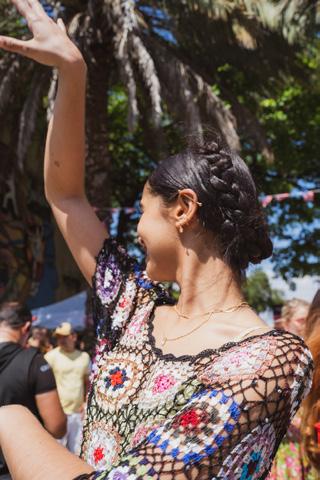
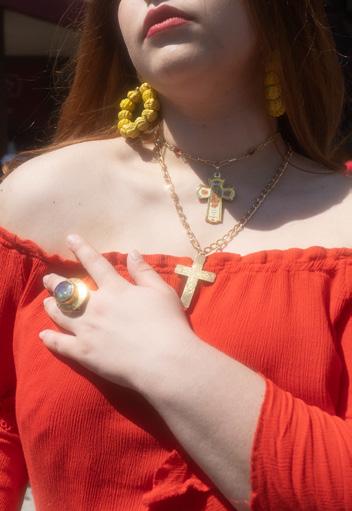

An oversized denim button down, Never worn by my mother, Never worn by me.
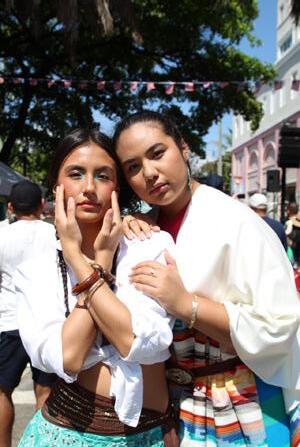

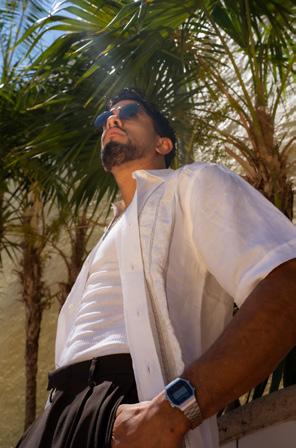


 Brown hiking boots, Caked in grainy, cracked dirt— Soil from the mountain with the mango trees.
Carpenter shorts with holes and rips and frayed hems, Used to work on the house in El Trigal, A house I can’t recall.
Brown hiking boots, Caked in grainy, cracked dirt— Soil from the mountain with the mango trees.
Carpenter shorts with holes and rips and frayed hems, Used to work on the house in El Trigal, A house I can’t recall.
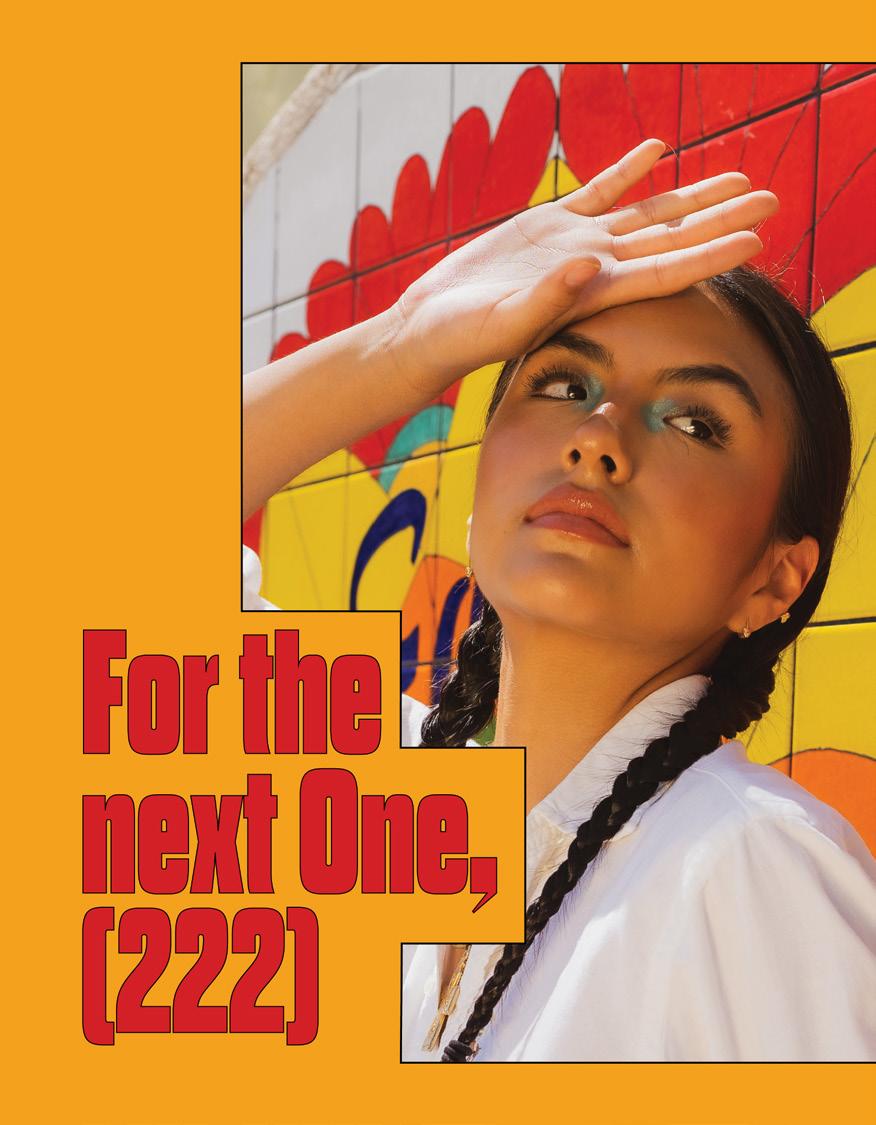
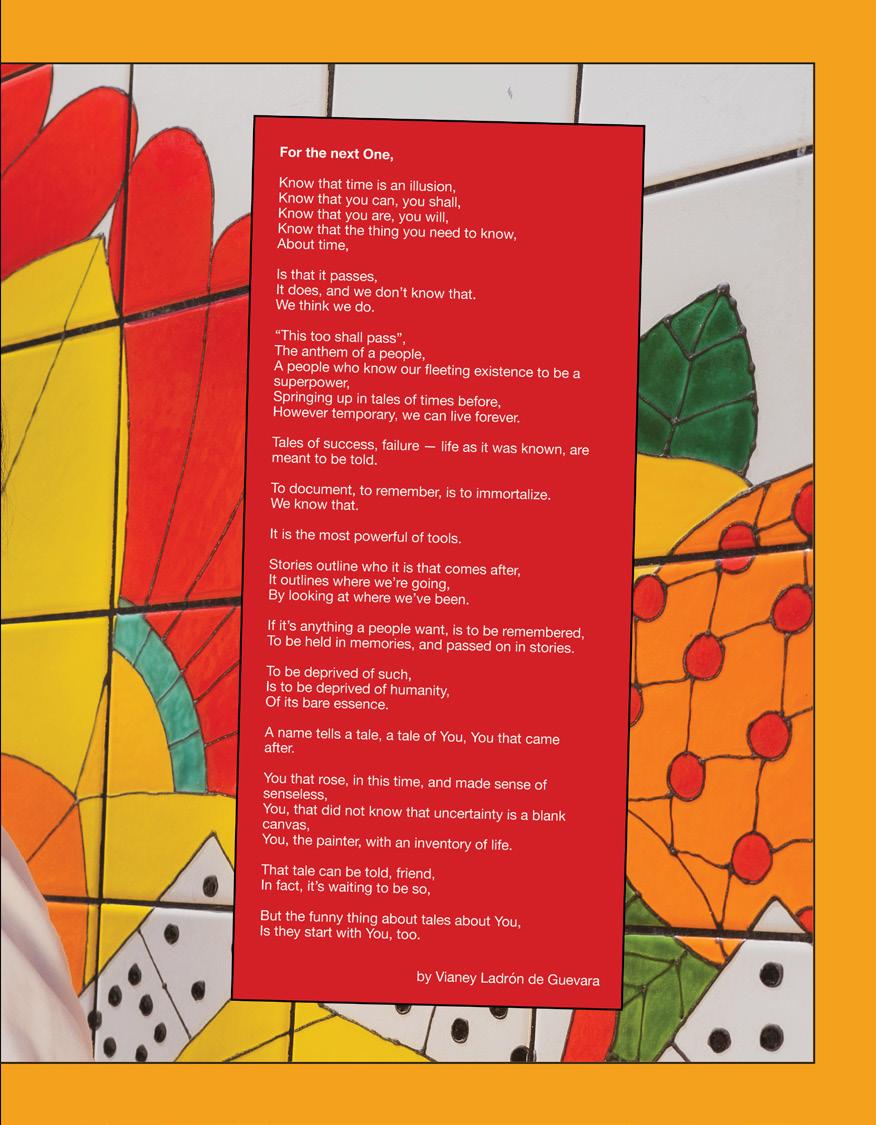






The history behind fashion in South Florida began with a textile boom in the 1960s, encouraging the employment of many immigrants in clothing factories around downtown Miami and present-day Wynwood. Fashion at the time was more Americanized in South Florida; women wore trendy dresses and pieces inspired by popular and influential American women, such as Jacqueline Kennedy and Edie Sedgwick, who revolutionized and inspired many classic trends. Listening to my Cuban grandmother reminisce about the fashion scene during the 60s, I began to realize that a compelling story lies behind the development of Miami’s fashion image. “Back then, working women always wore modest dresses and skirts with either kitten heels or pumps – and matching purses with your outfit was very common. All the girls were wearing their hair short and full of hairspray too.” It was intriguing to learn that even during the development of Little Havana and the increase in Hispanic communities, Miami fashion still favored more traditionally classic and western styles. Immigrants found it necessary to assimilate into American culture.

Retail stores such as Burdines and Jordan Marsh were major influences in local ready-to-wear, where iconic prints and colors began to take precedence in everyday style. Despite their eventual downfall, these stores were iconic in representing the early Sunshine-state and Art deco aesthetics through their modern architecture, and colorful, lively showrooms. “The Burdines at Lincoln Road Mall was everyone’s favorite spot, and I would always shop there to find the most stylish outfits. Bell bottoms and bright floral dresses were more fashionable, and it was popular to wear bold makeup and bright lipstick. Hearing this reminded me of how the late 60s trends and looks inspired by Twiggy, a renown fashion model, have recently skyrocketed in popularity. This, including the resurgence of flared pants and platform boots, proves how truly impactful these styles remain throughout the decades. In Miami’s community during the late 60s, this shift to colorful, bohemian designs encouraged the future of local fashion to change from early department store pieces to globally influenced, and recognizable designer outfits. Miami’s melting pot of cultural diversity created the foundation for iconic, eccentric, and distinctive fashion trends over several decades. With the accumulation of Cuban, Haitian, Caribbean, and Latin American cultures in workrooms and stores, local flourishing department stores gave immigrants valuable opportunities in the fashion industry, which in turn prompted rapid growth in local businesses and designers during the 70s. For Miami, this period introduced more variations on tropical designs, incorporating botanical and scenic patterns into the caftans, silk blouses, and flowy garments that were adopted as part of the legacy of Miami’s sunny environment.
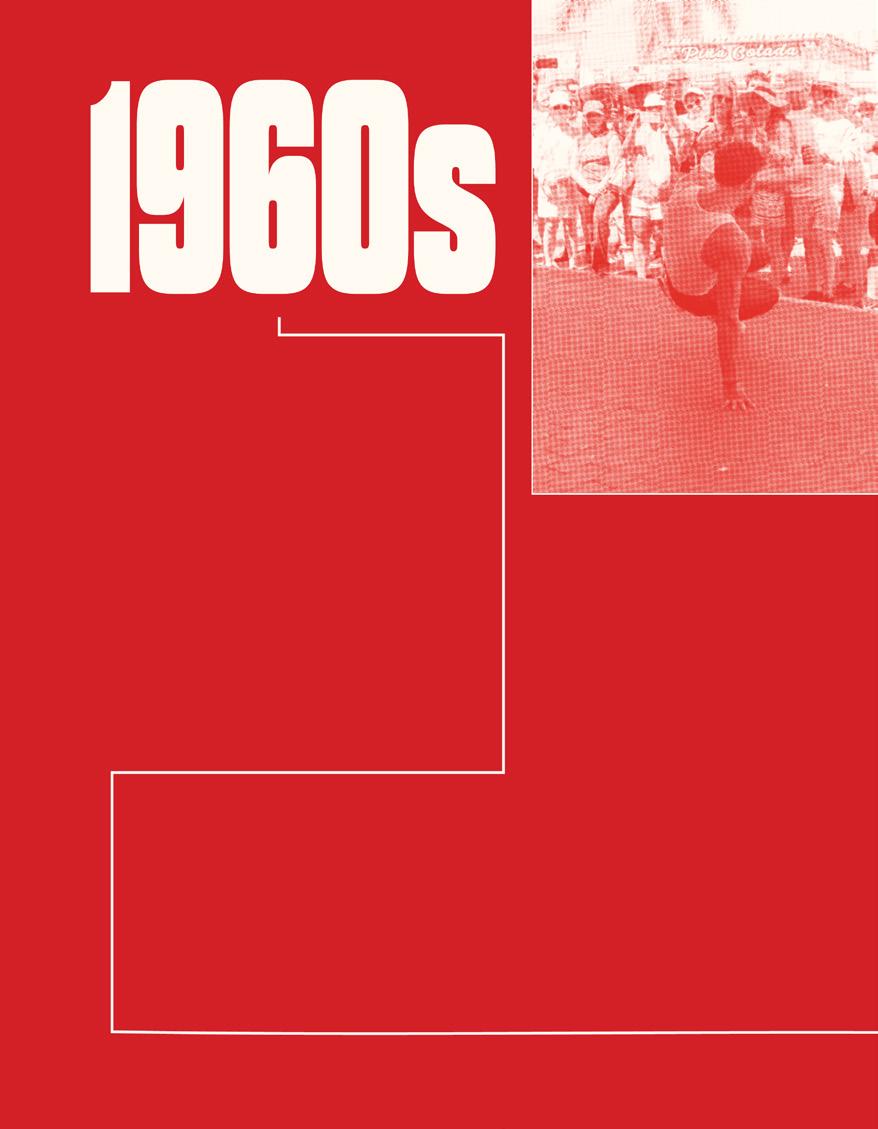
This boldness became a more accepted concept locally, as eclectic Miami street wear emerged in loud fabrics, oversized blazers, and contrasting silhouettes. In recent times, Miami has continued to shift in its trend and image. Glamorous and chic trends encouraged the development of both luxury and local fashion, prompting the creation of more urban communities. Wynwood and the Design District, having been the early flagships of local factories and clothing boutiques, have now transformed into modern, affluent districts due to the cultural and economic economic wealth derived from Miami’s success. Fashion representation within Miami continues to change over the decades, however, in today’s dynamic and evolving scene, Miami boutiques still incorporate early allusions to South Florida’s legacy in their garments.
The free-spirited and leisure-based lifestyles among citizens also helped incorporate traditional clothing from countries where comfortable fabrics such as cotton and linen were common. In communities where immigrants loved and longed for the cultural practices of their home countries, fashion became a way to honor and incorporate heritage into their new environment. As Miami’s national image developed in the 1980s, tropical looks incorporated more glam and neon-pop iterations. This fashion phenomenon influenced film, music, and art across the country, creating an image linked to Miami’s scene at the time. The 1984 series Miami Vice presented a unique description of 80s South Florida through the picturesque sunsets, pastel hues, and early synthwave aesthetic.


